Gallery III: Even More Random High Resolution Sherman and Lee Photos with Comments.

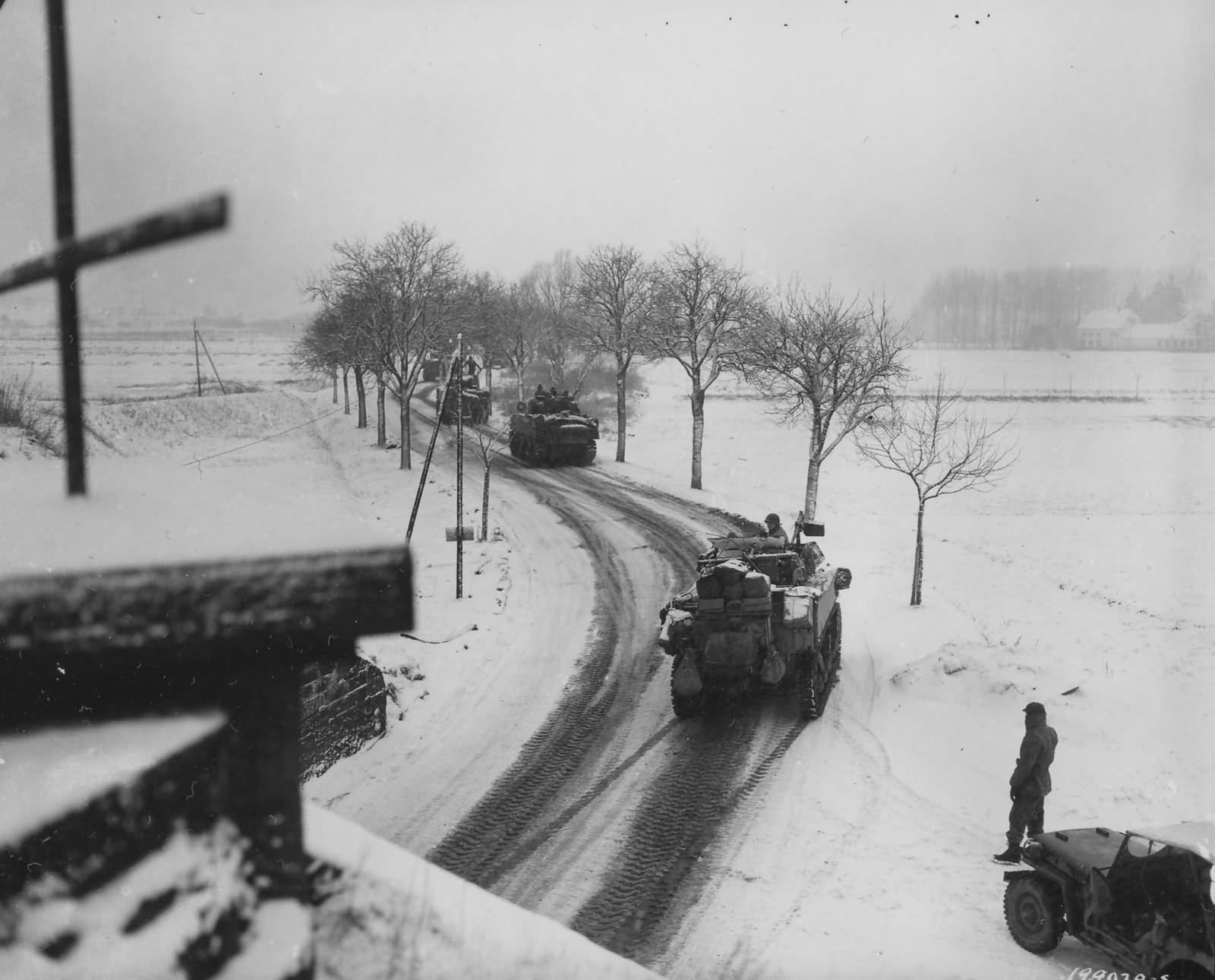
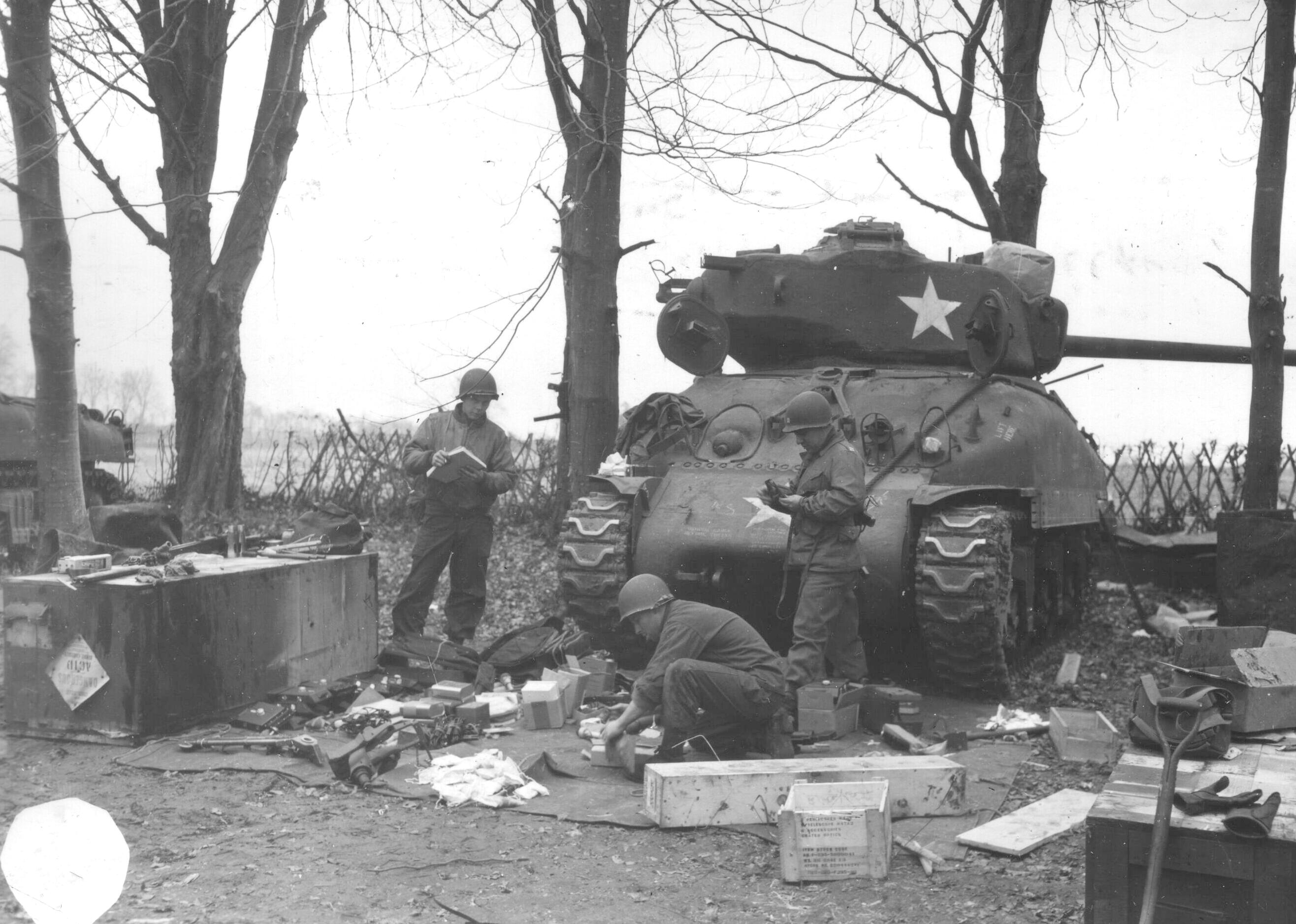
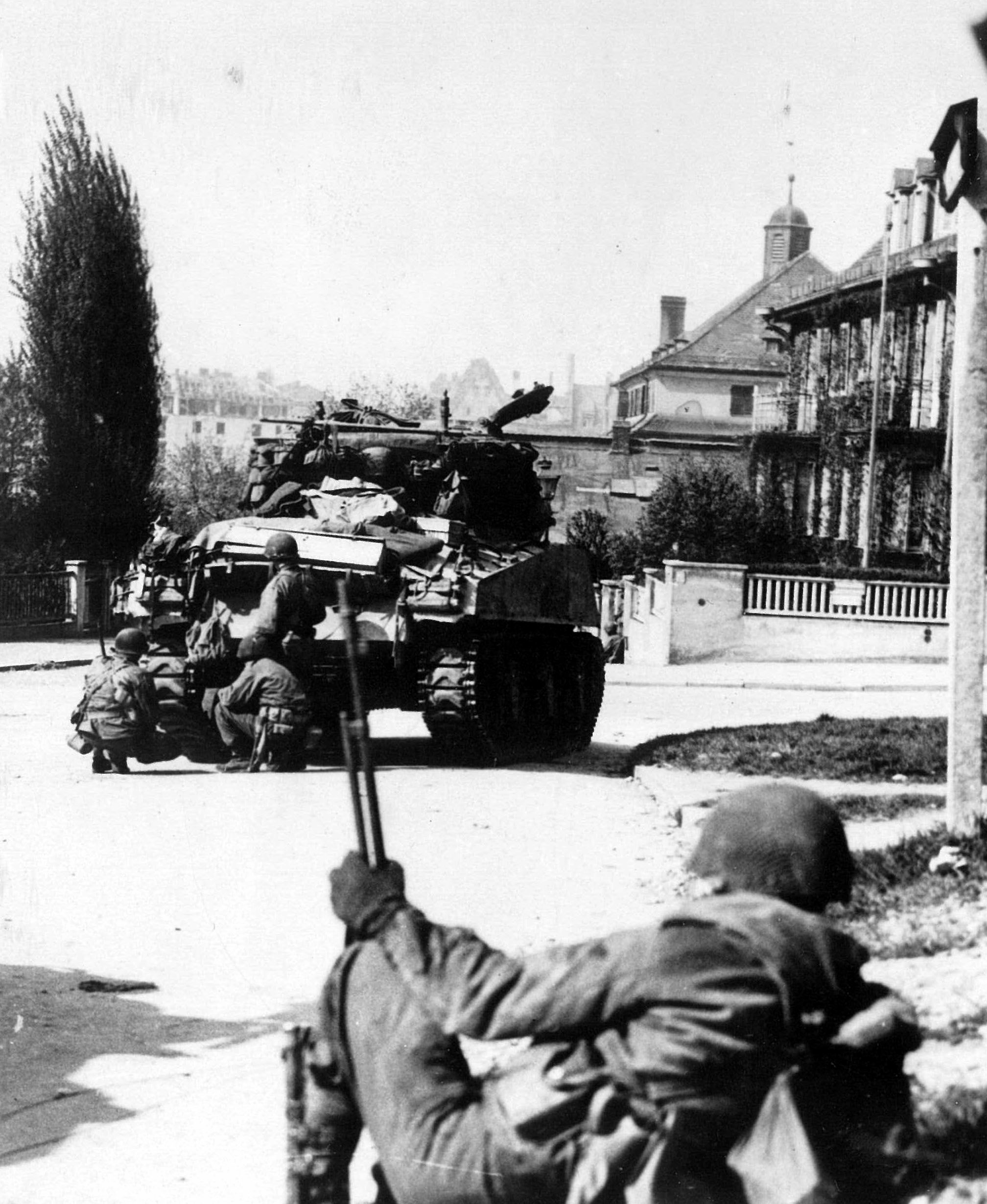
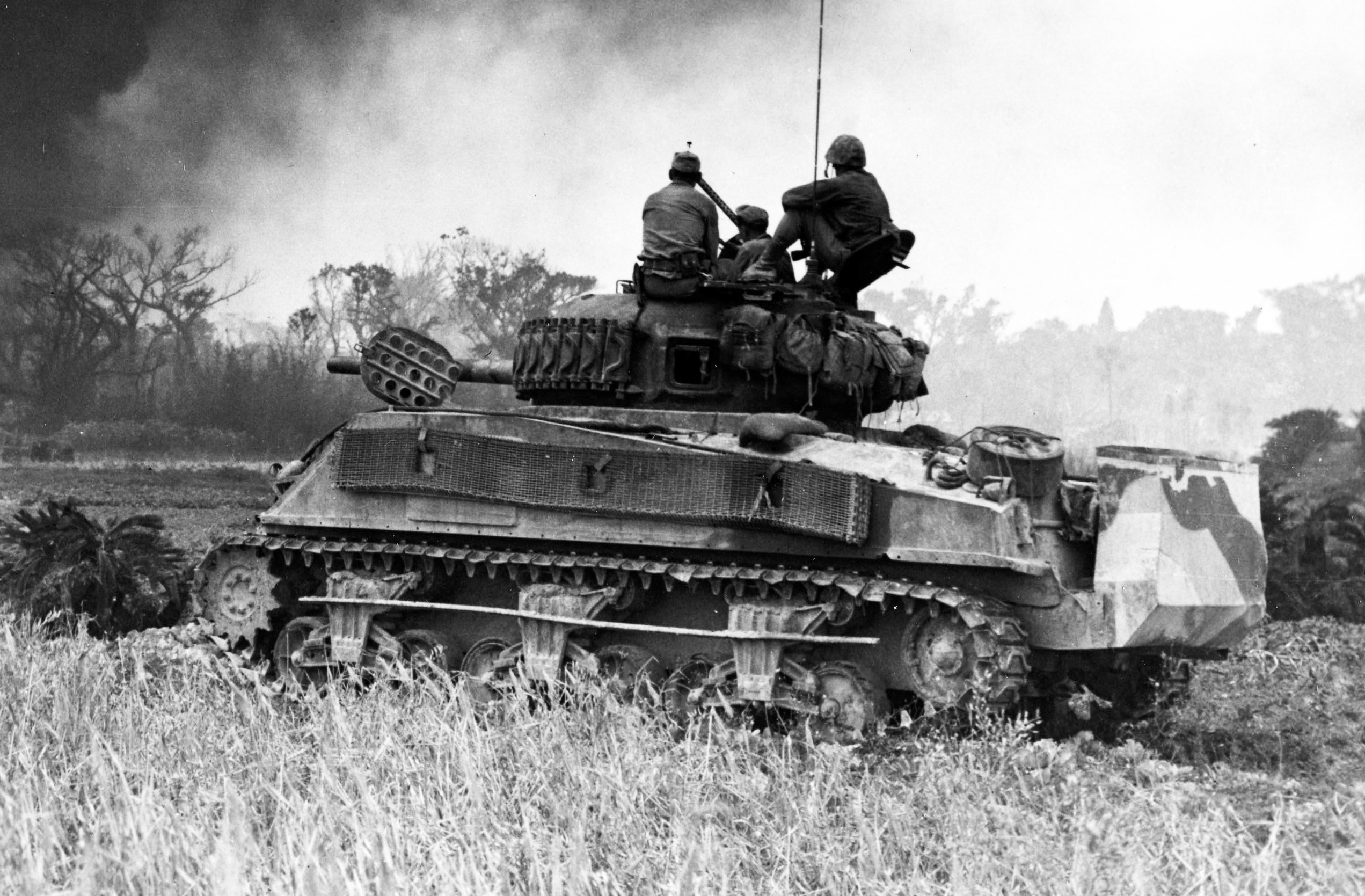
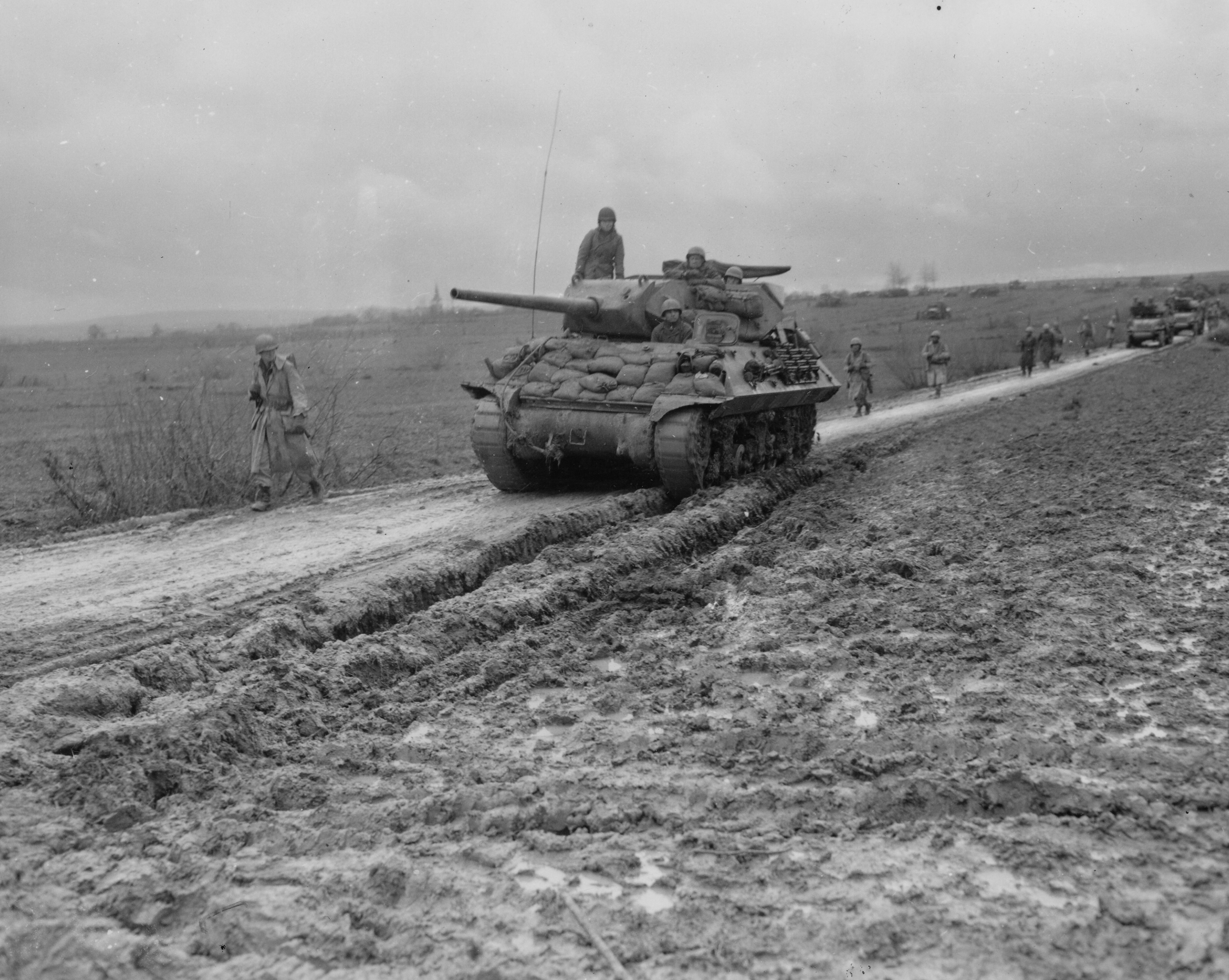
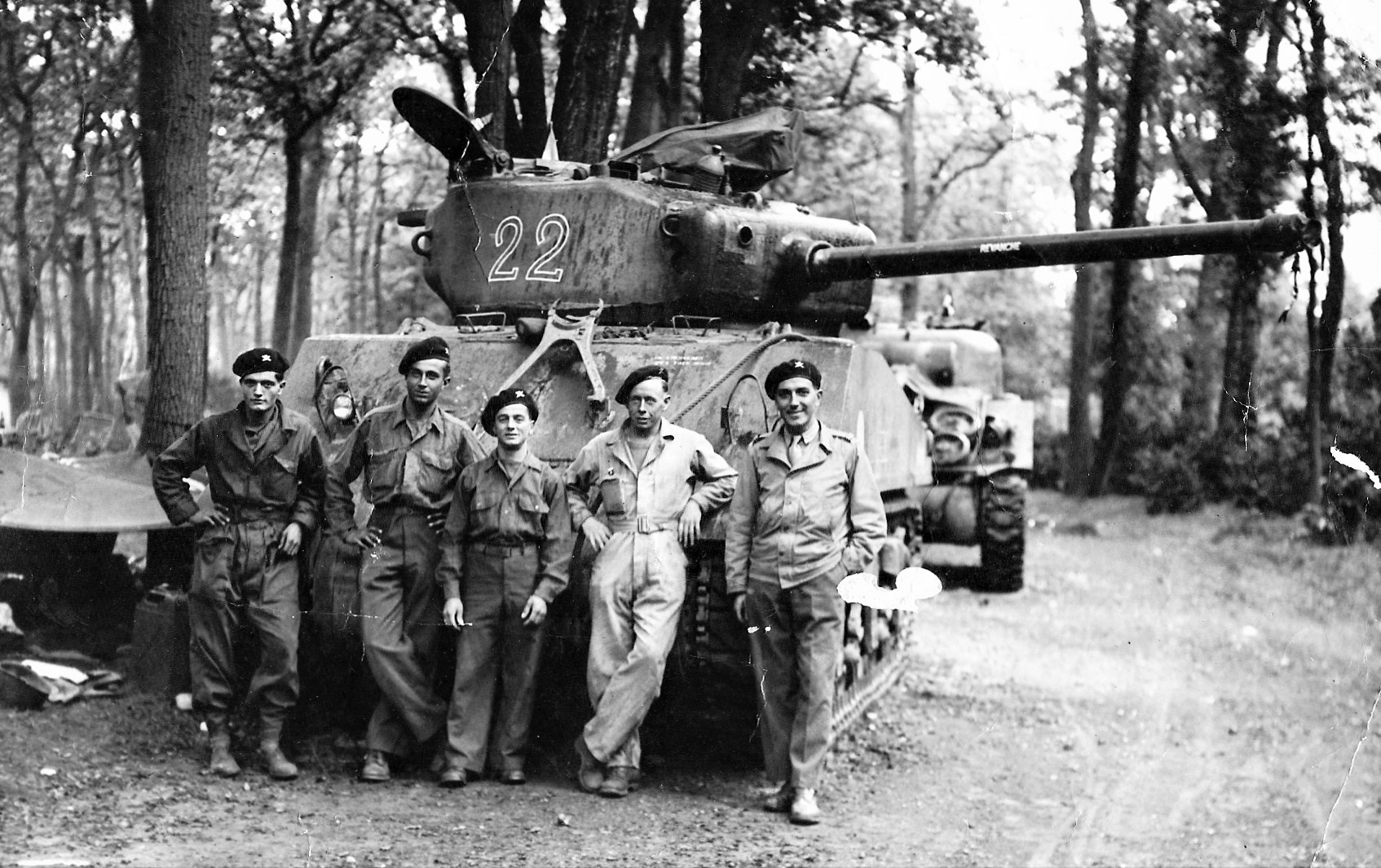
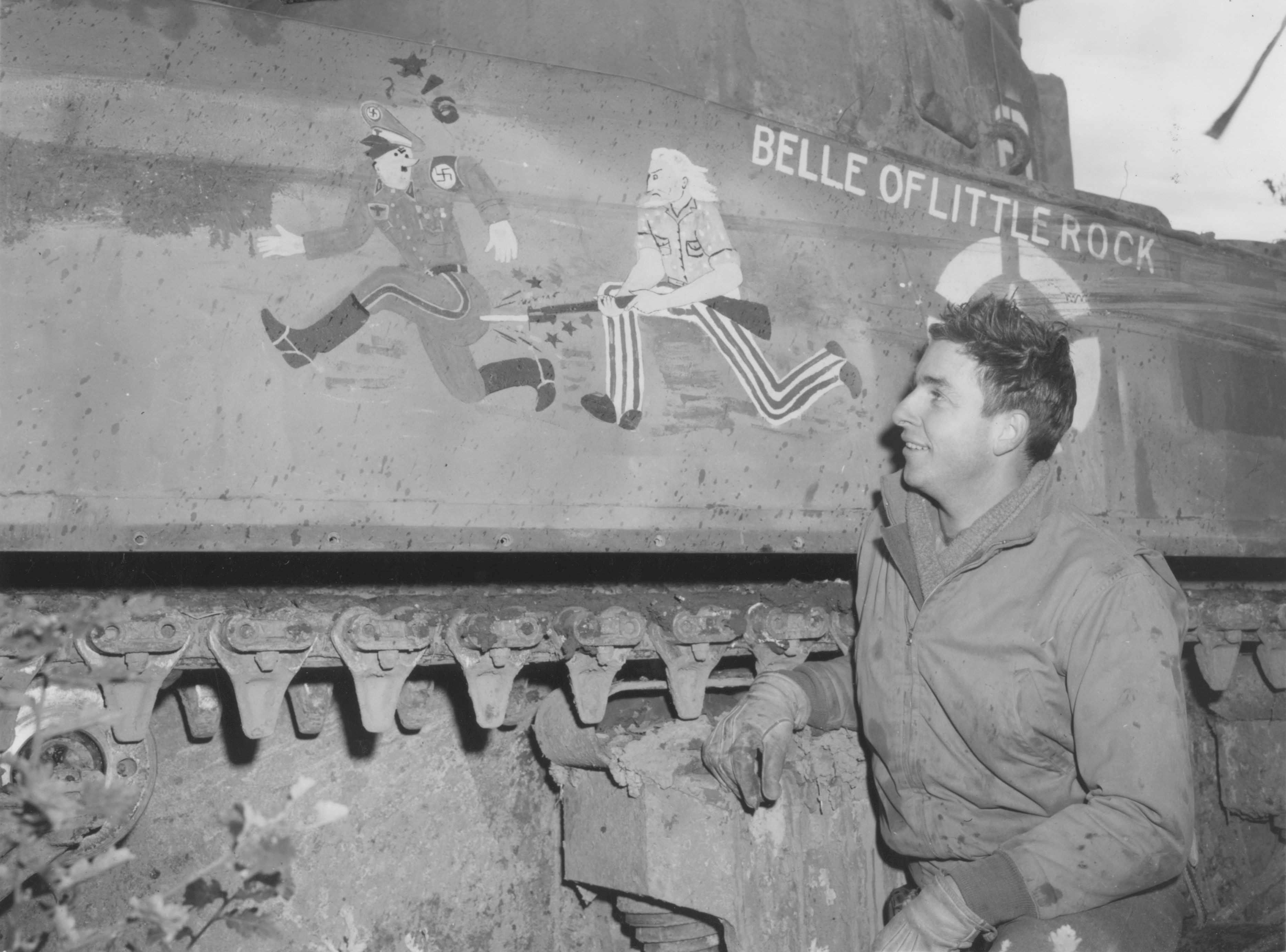
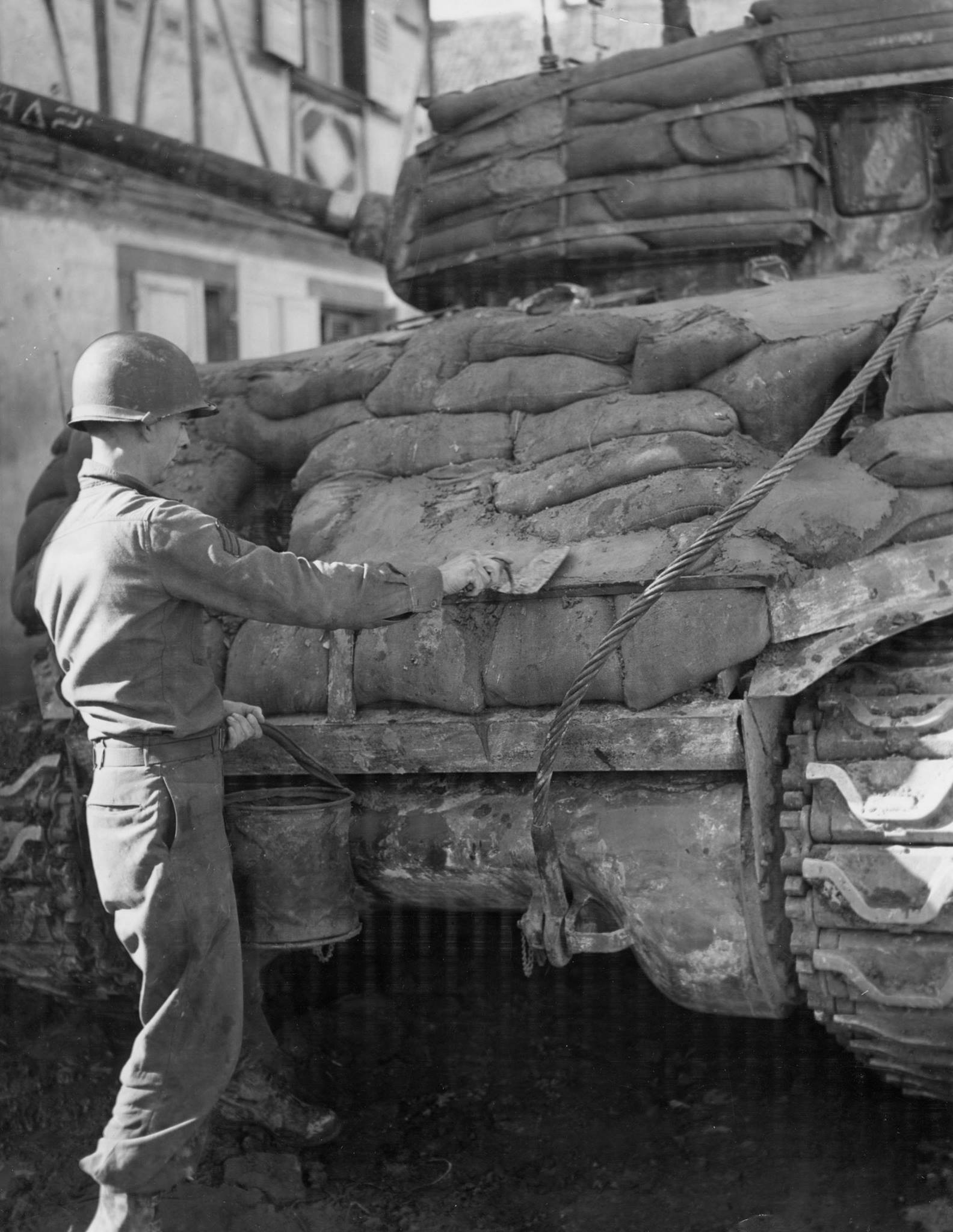
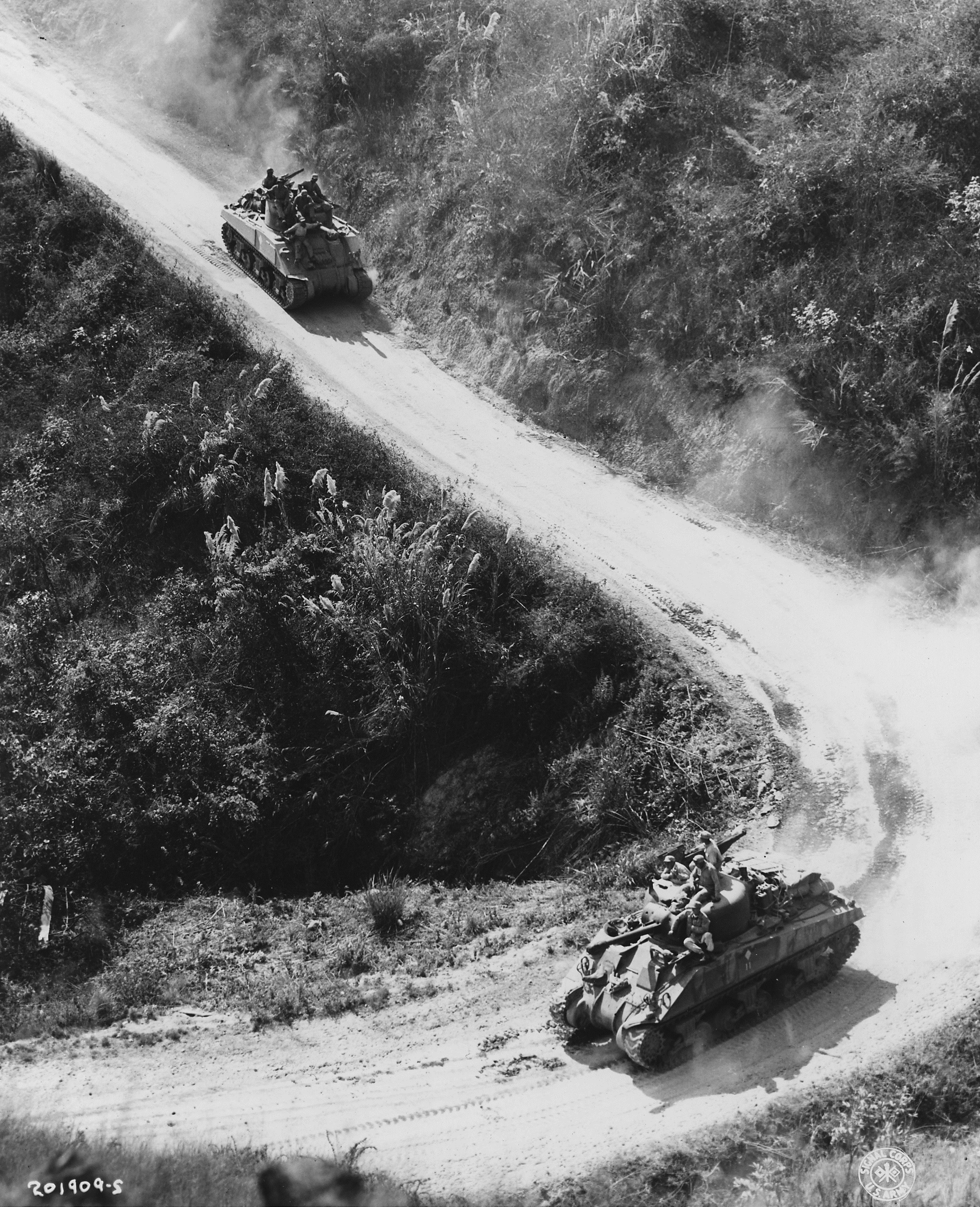
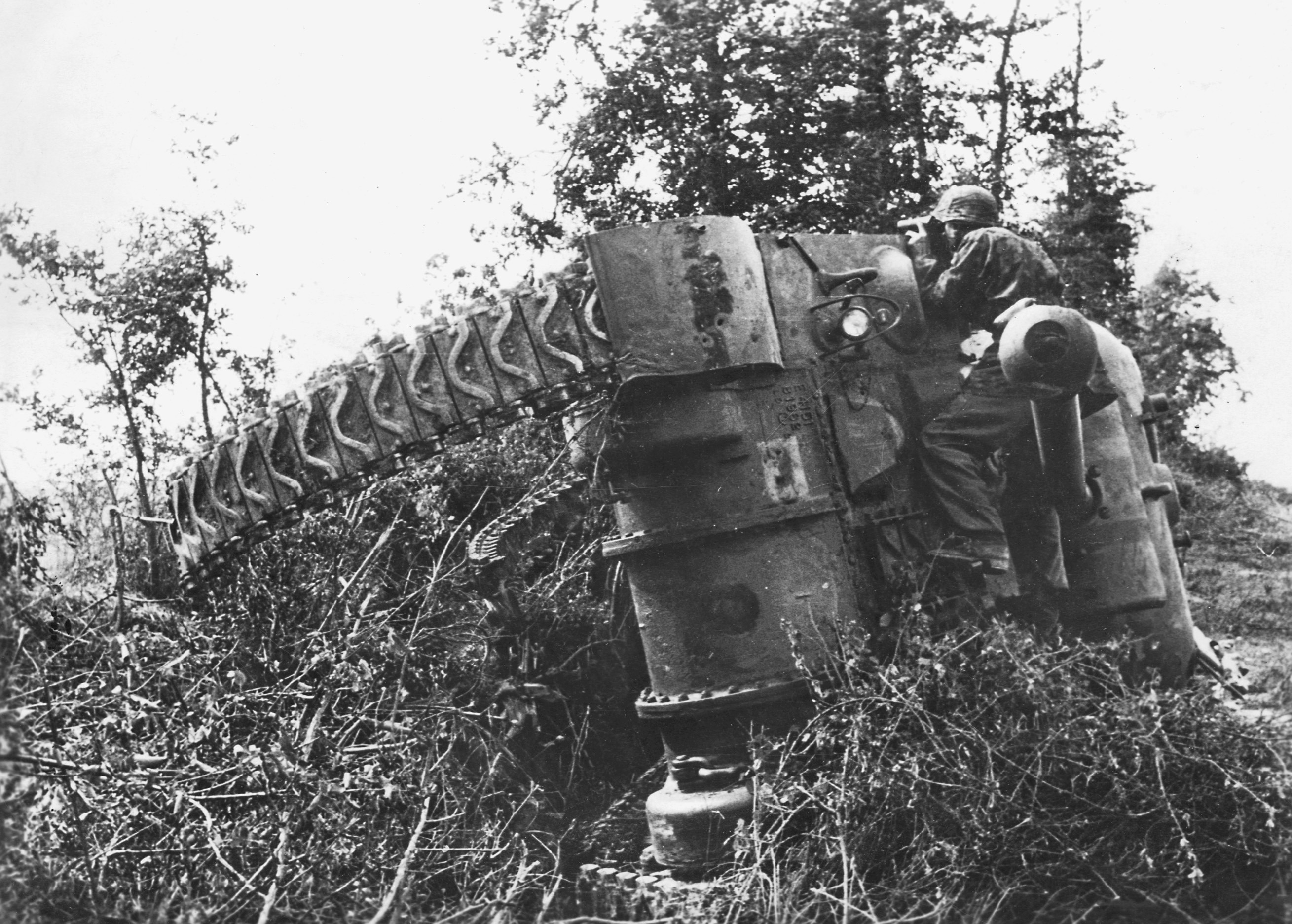
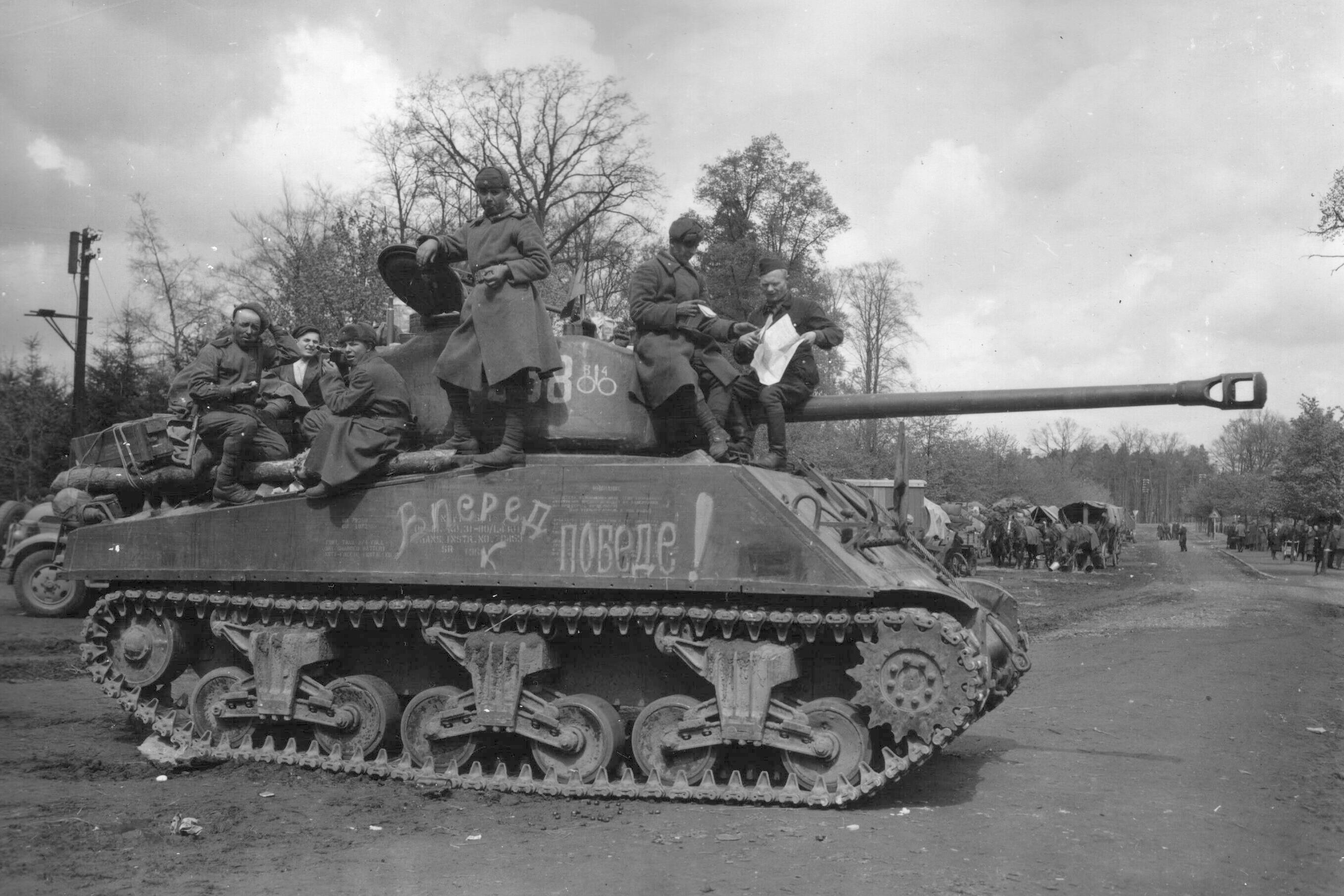
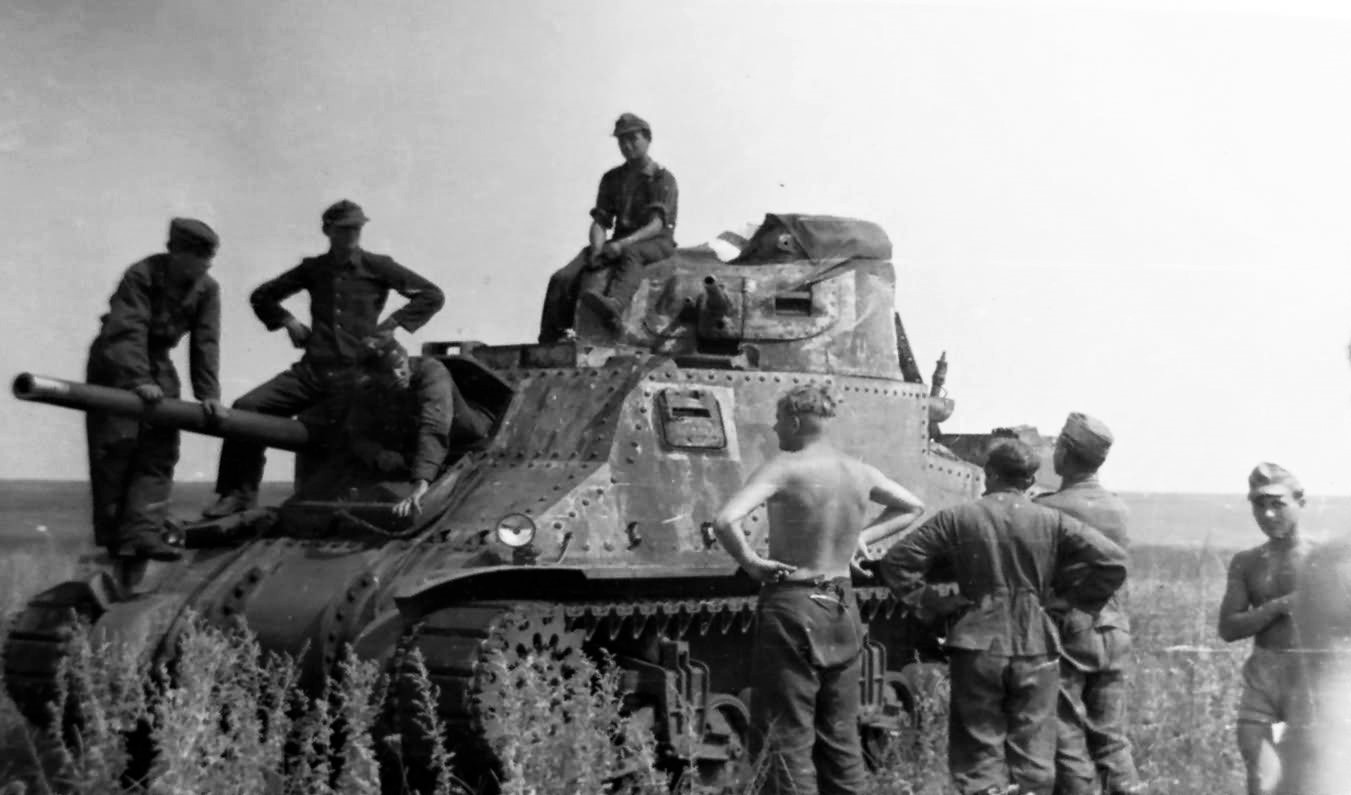
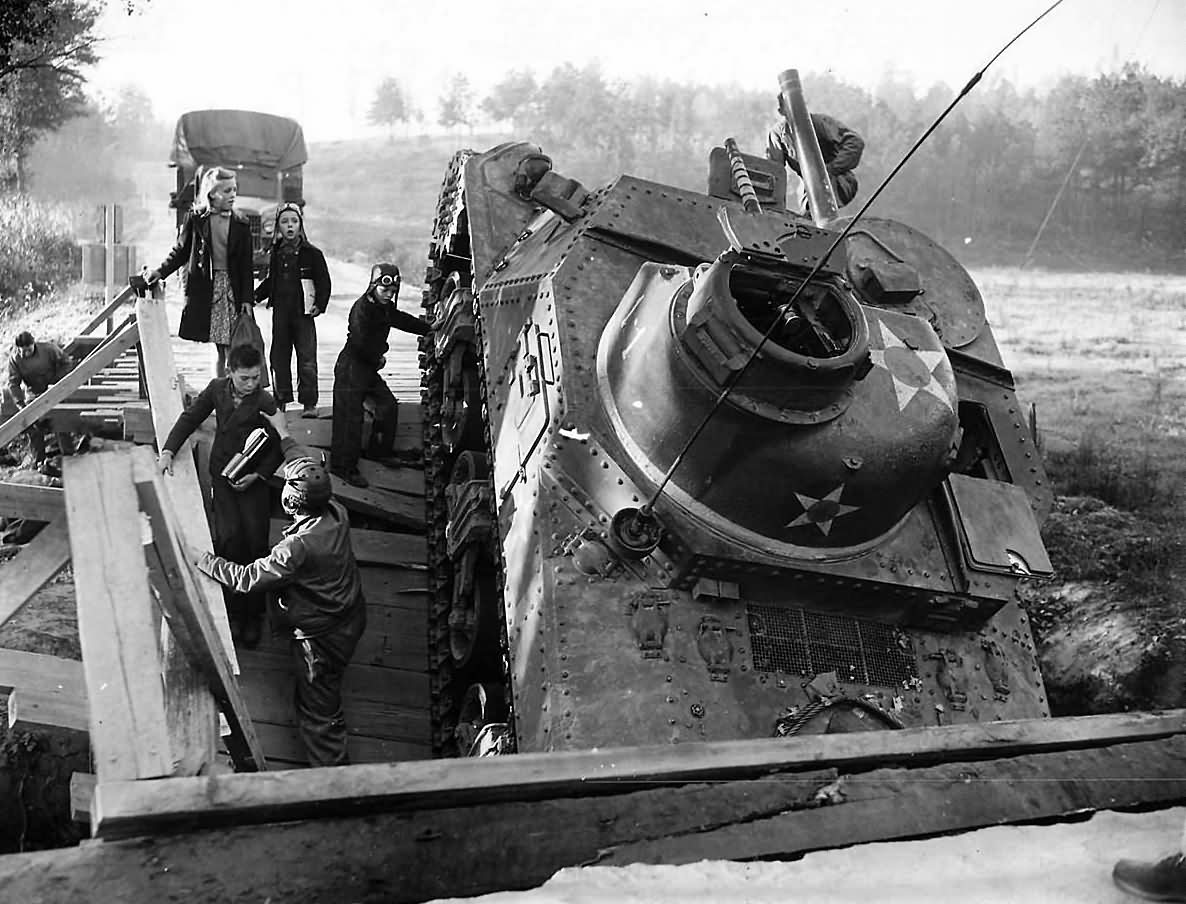
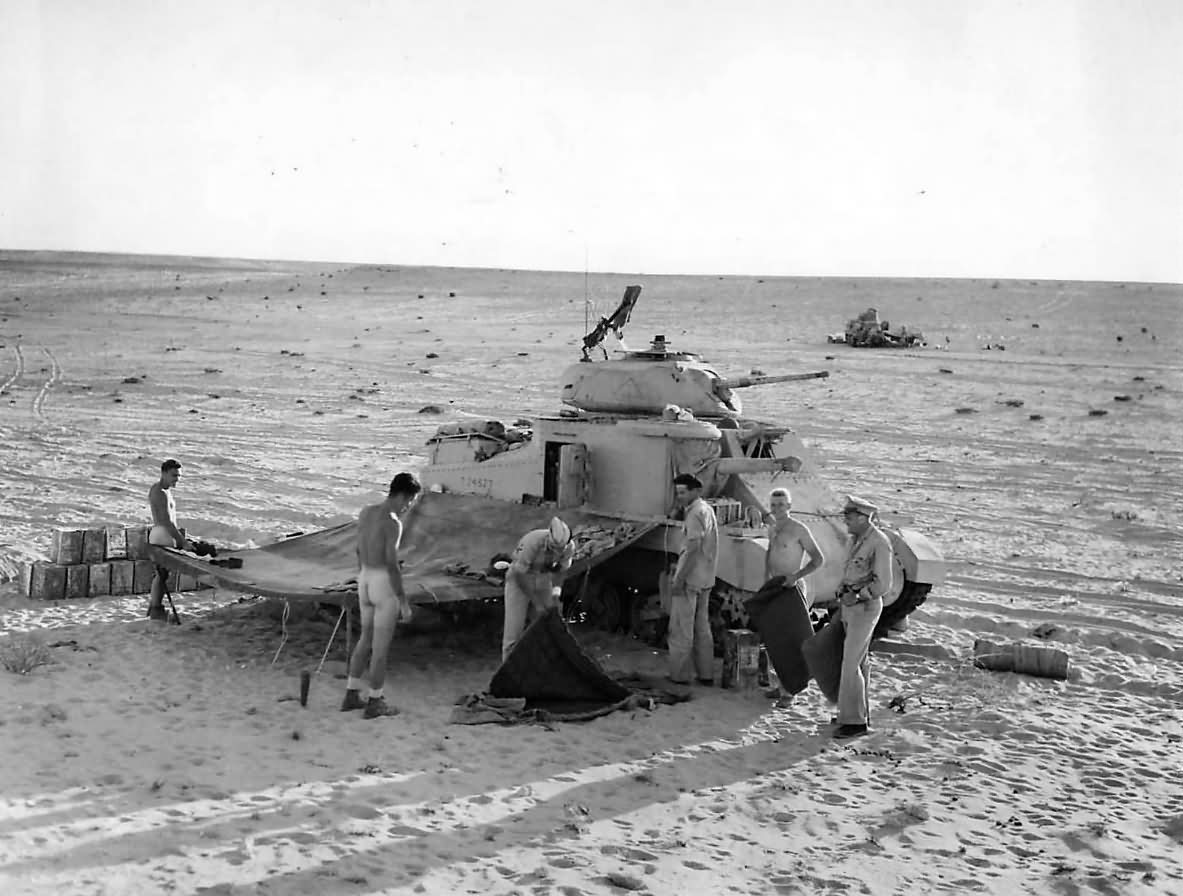
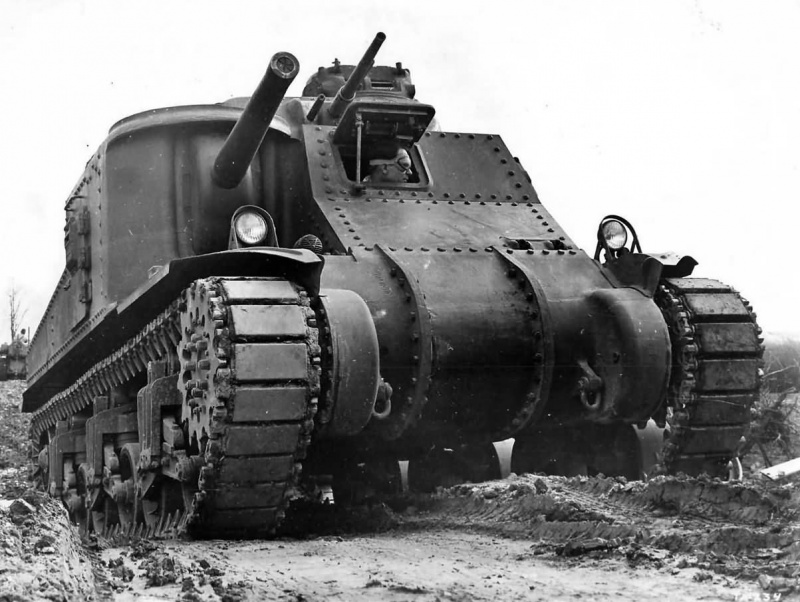
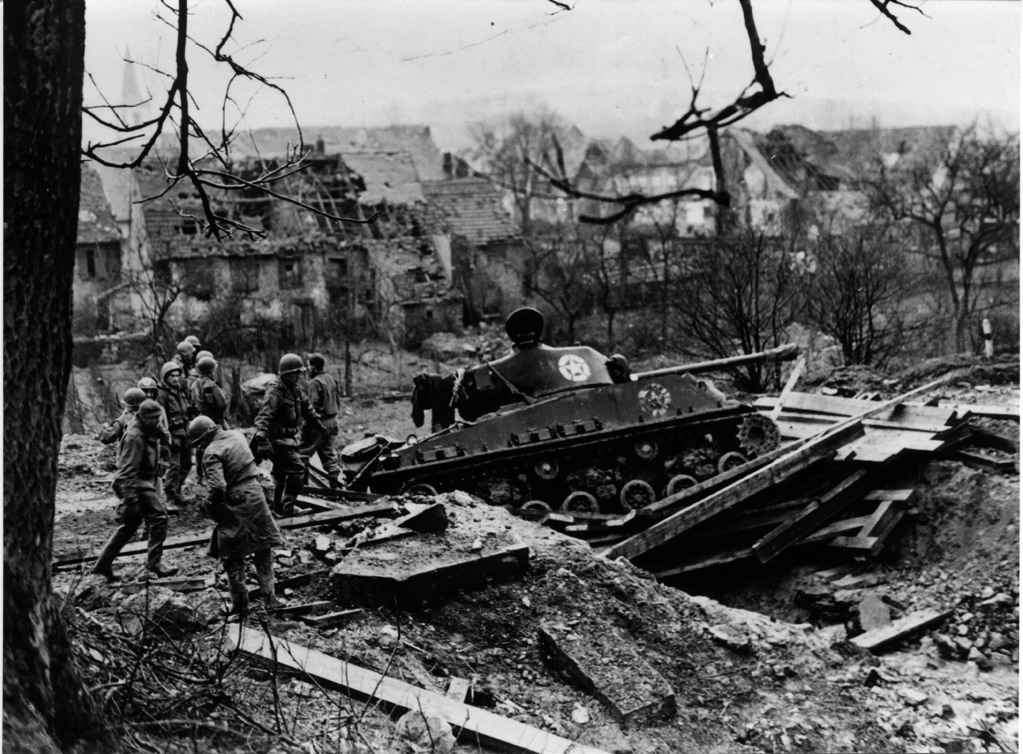
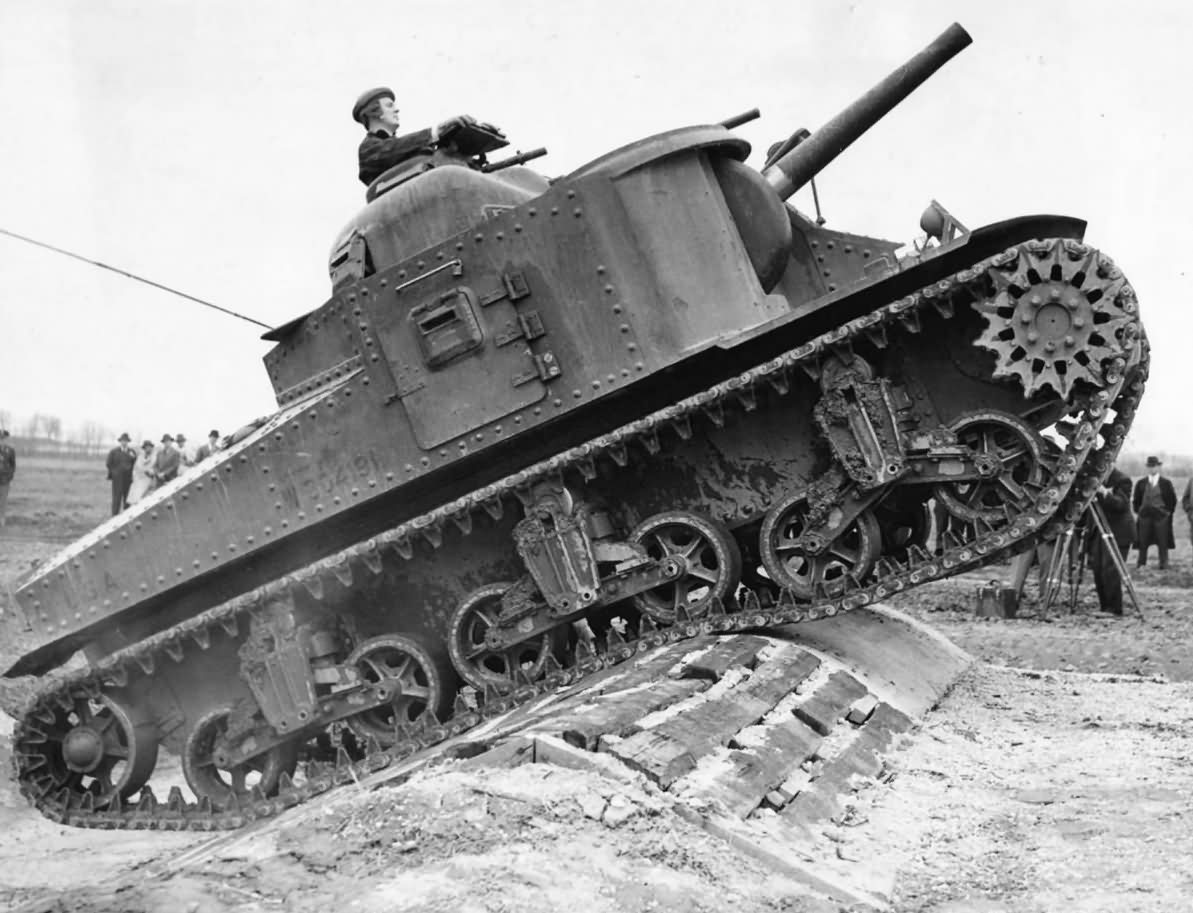
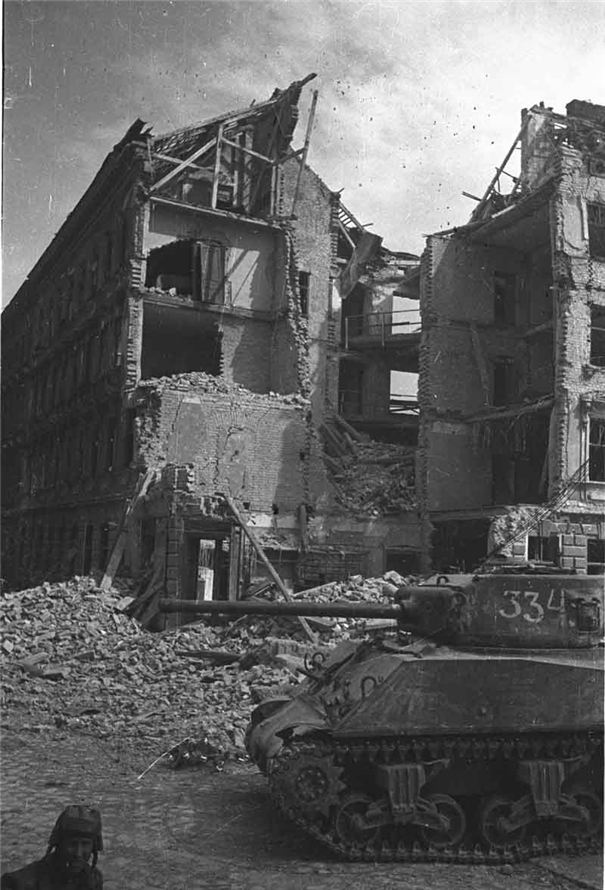
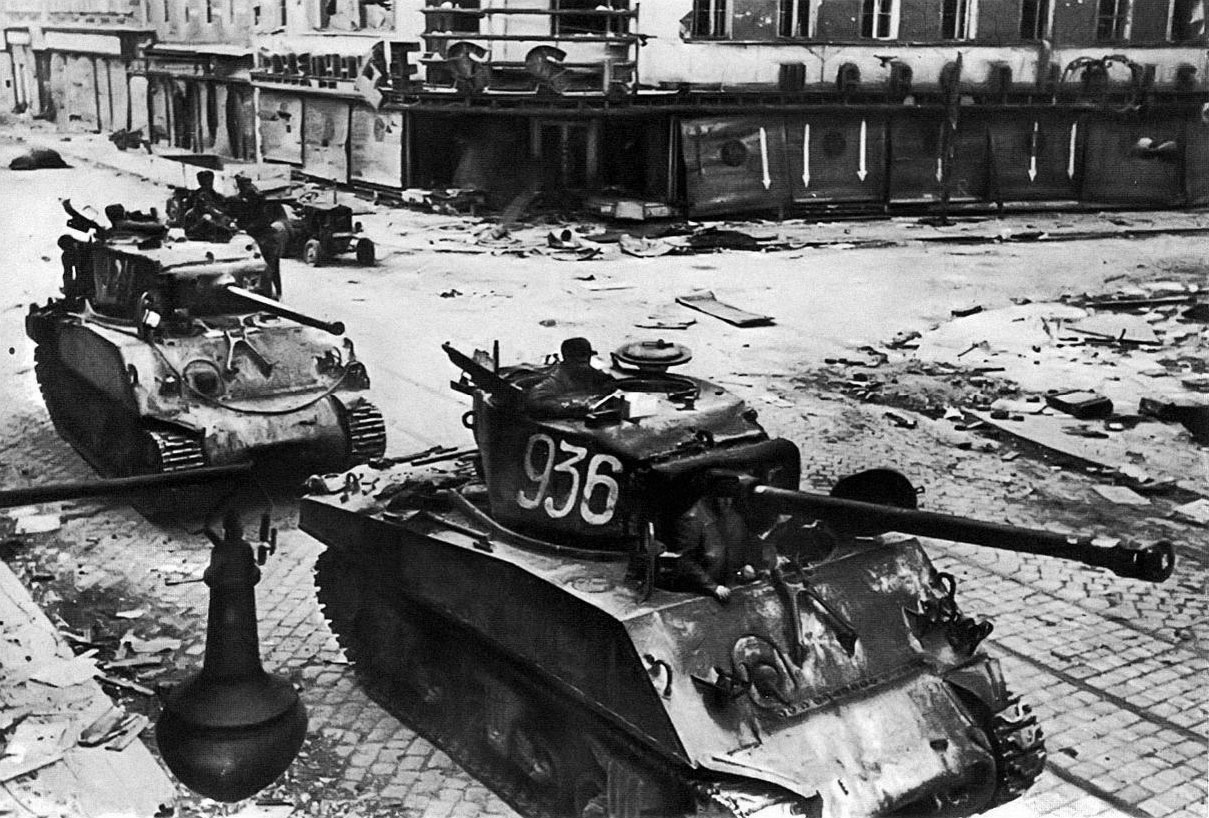
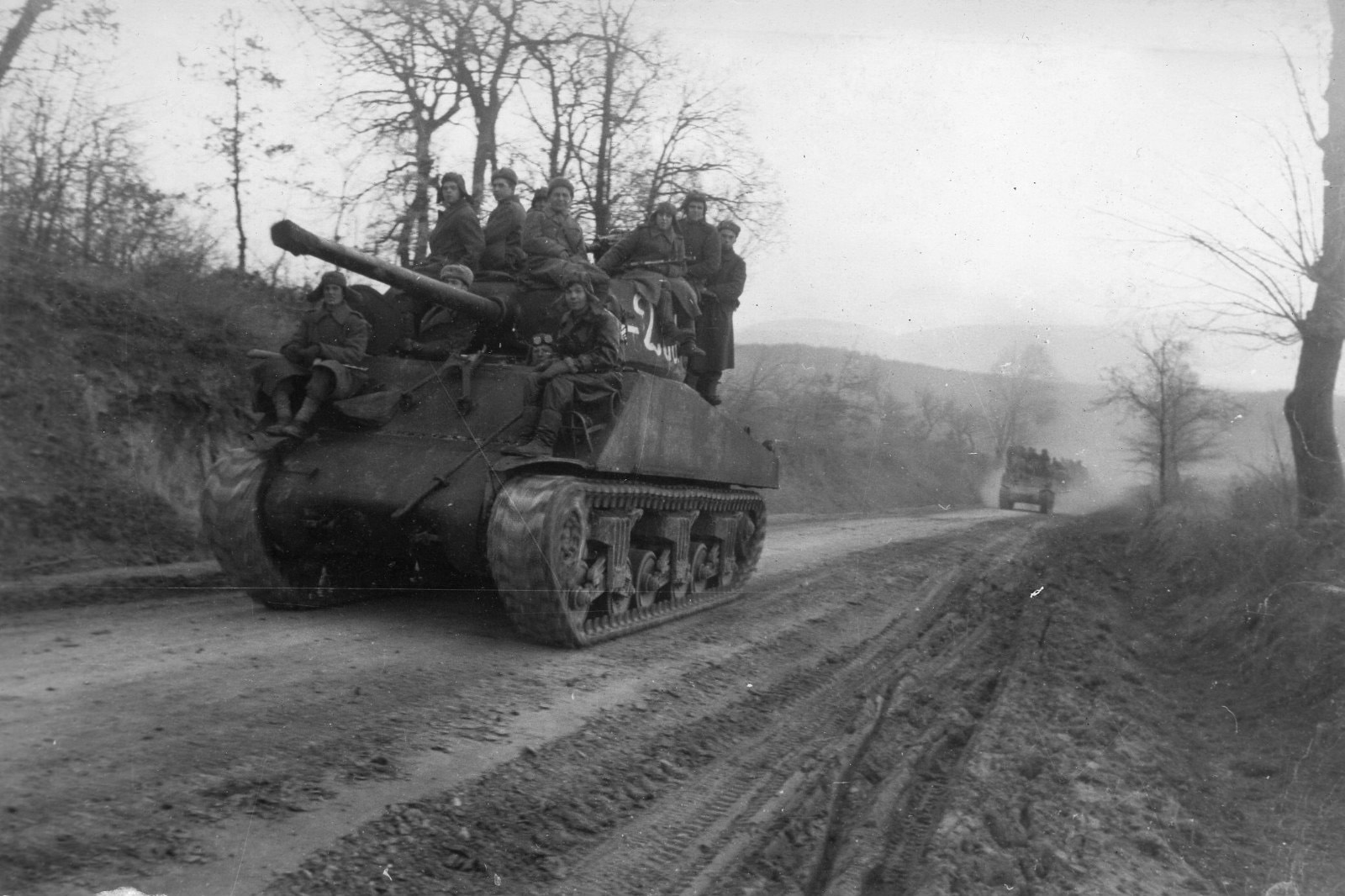
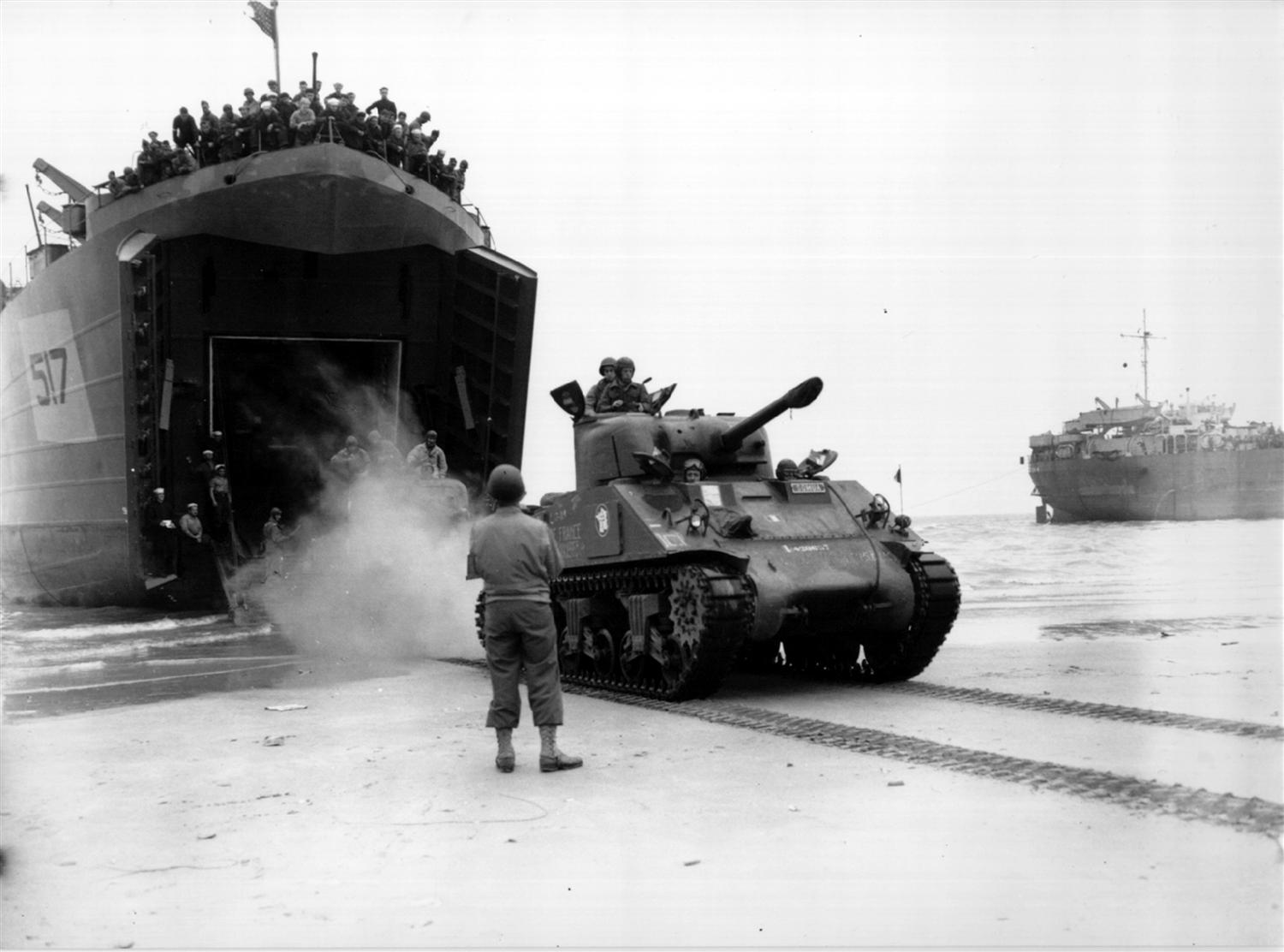
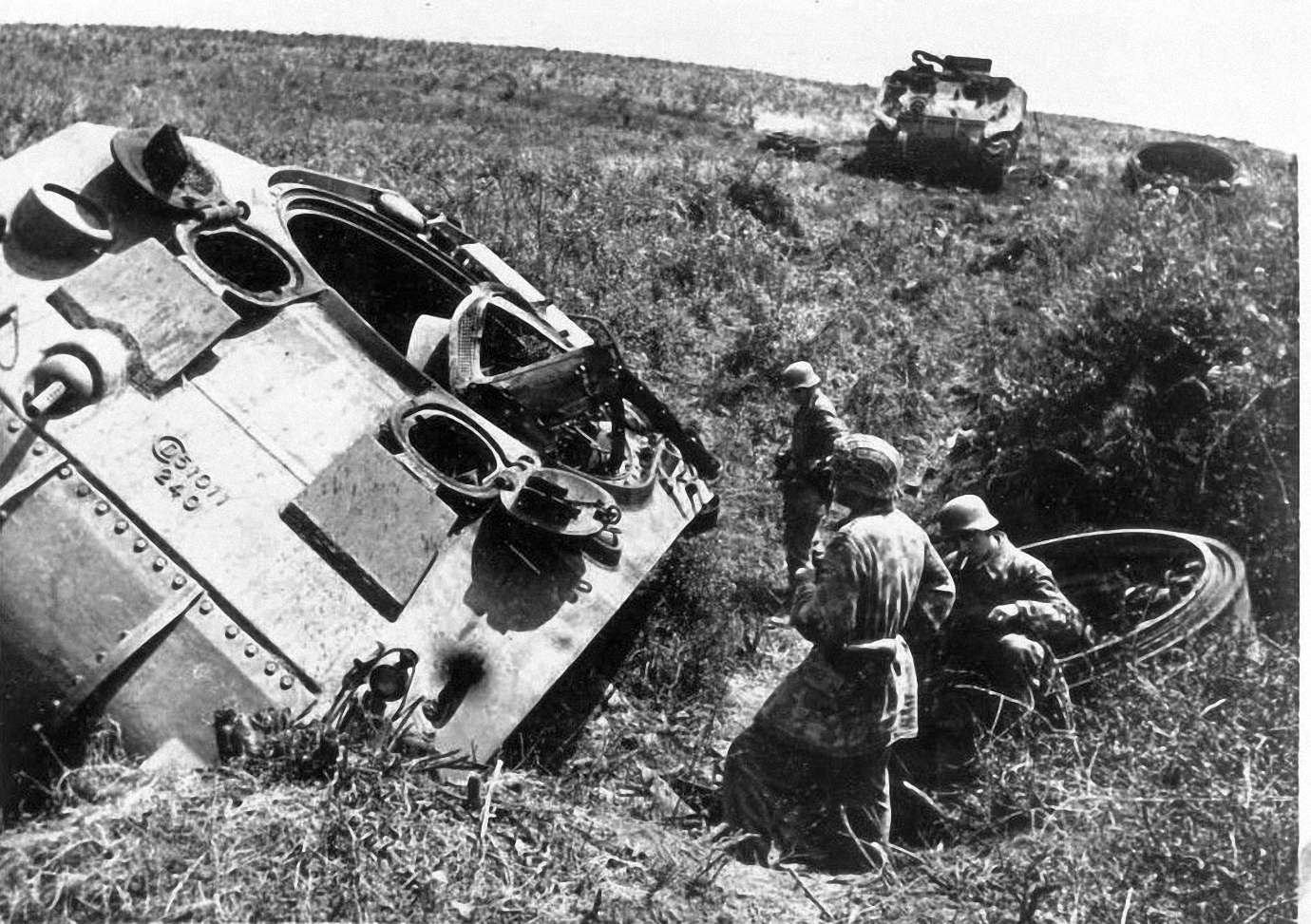

























Several cargo ships loaded with Sherman tanks were sunk during the war. A couple of these wrecks have been discovered. The first we’re going to talk about is the SS Empire Heritage, originally named Tafelberg. She was a steam tanker built in 1930. She was 508 feet long and just under 14,000 gross tons. She was built by Armstrong W.G. & Whitworth Co. Ltd. Her captain’s name was James Campbell Jamieson, and she had a 76 man crew and she had 160 people on board. She was reroute from New Your to Liverpool with 16,000 tons of fuel oil and 1900 tons of cargo, including Sherman tanks.
On September 8th 1944 just 15 miles north of Donegal Northern Ireland, she was torpedoed by Nazi Submarine U-482 with the loss of 113 lives. From what I can tell, the wreck was discovered in 2014 and is 220 feet below the sea, just within reach of very technical divers. They took some very interesting pictures.
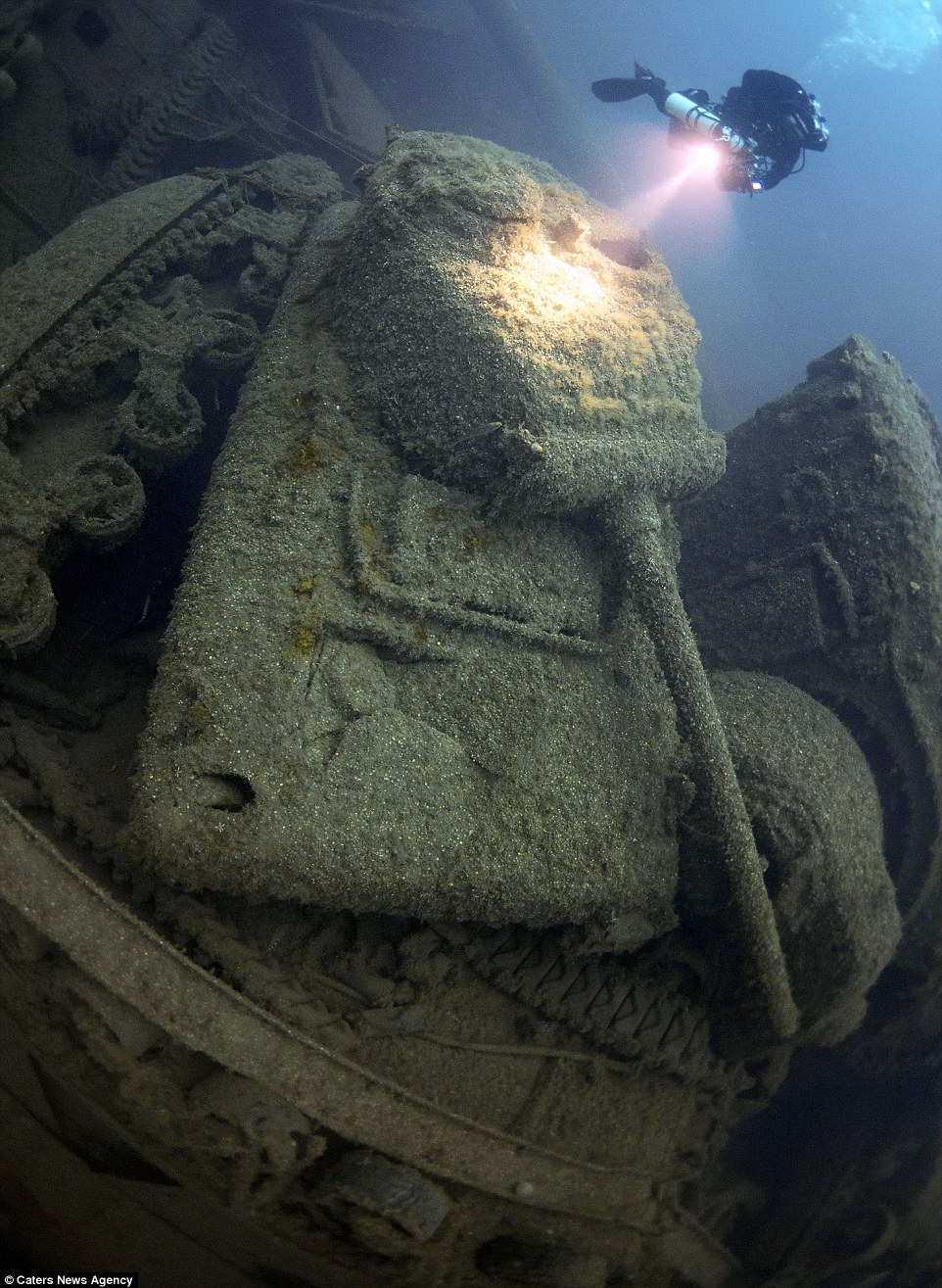
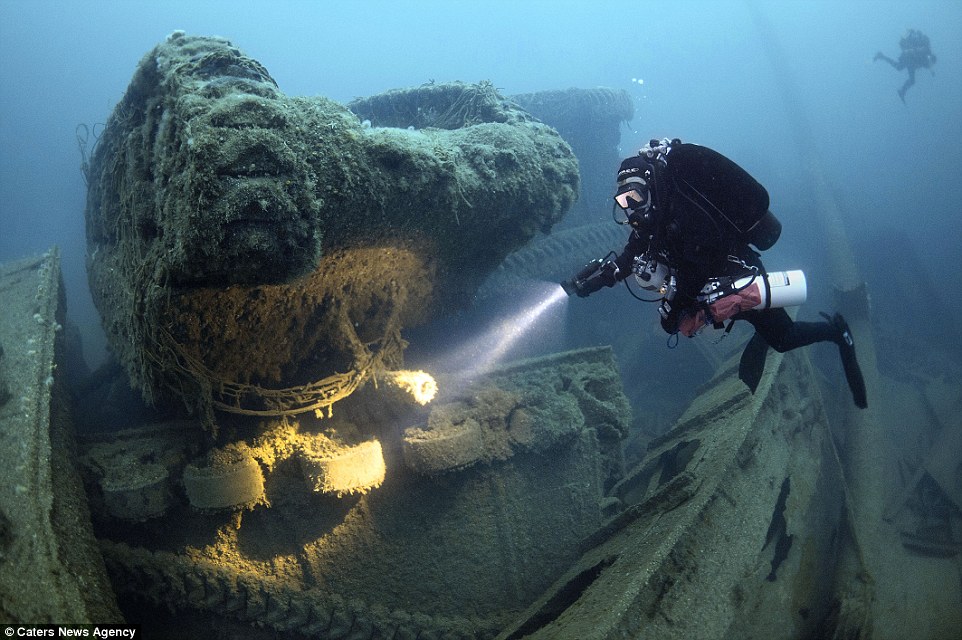
The next wreck were going to talk about is the SS Thomas Donaldson. She was a 7200 ton Liberty Ship built in 1944 by Bethlehem Fairfield Shipbuilding Corp. Ltd. in Fairfield California, under the command of Robert Headden. She left Loch Ewe, Scotland, as part of Artic Convoy JW-65, on March 11, 1945. The convoy she was a part of had 26 ships and the SS Thomas Donaldson was the only one that didn’t make it to the Russian Port in the Kola Inlet. Late on the afternoon of the 20th, the Nazi U-boat U-968 attacked the convoy. They were just twenty miles south of their destination when the Nazis struck.
The Ship was hit by a single torpedo that took out the ships engine. It also killed three of her crew. The Captain ordered the ship abandoned due to her dangerous cargo, but a small crew including the Captain stayed aboard and tried to save the ship. She was taken under tow, and almost made it in, but sunk short of the port. Only one more crewman died of his injuries and the whole repair crew made it off.
In July of 2014 a Sherman was recovered from the wreck, and they say there are two more down there that can be recovered as well.
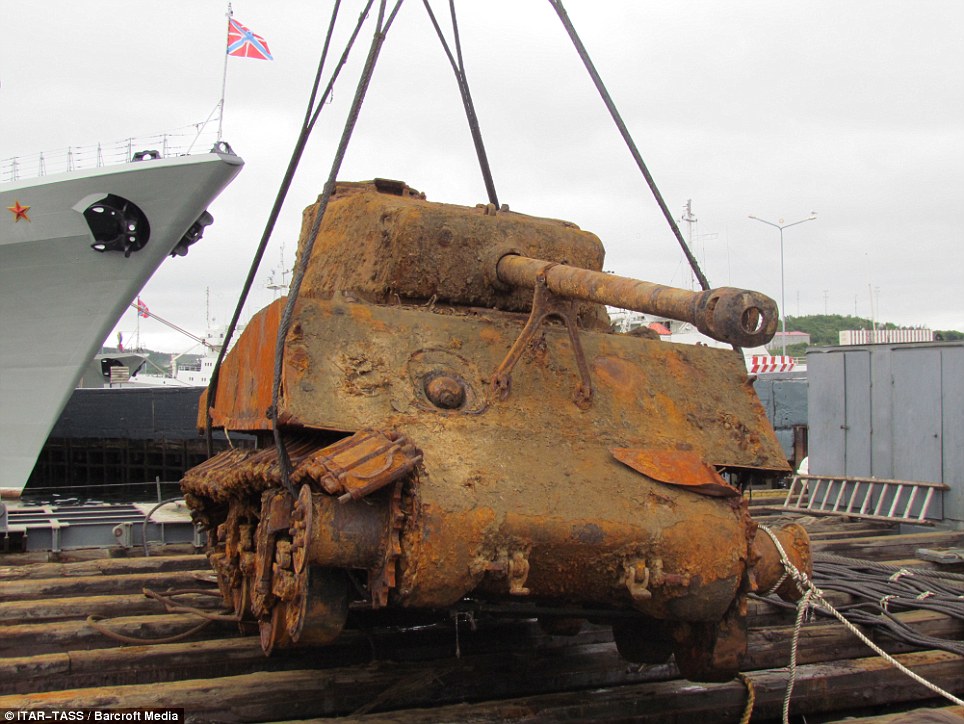
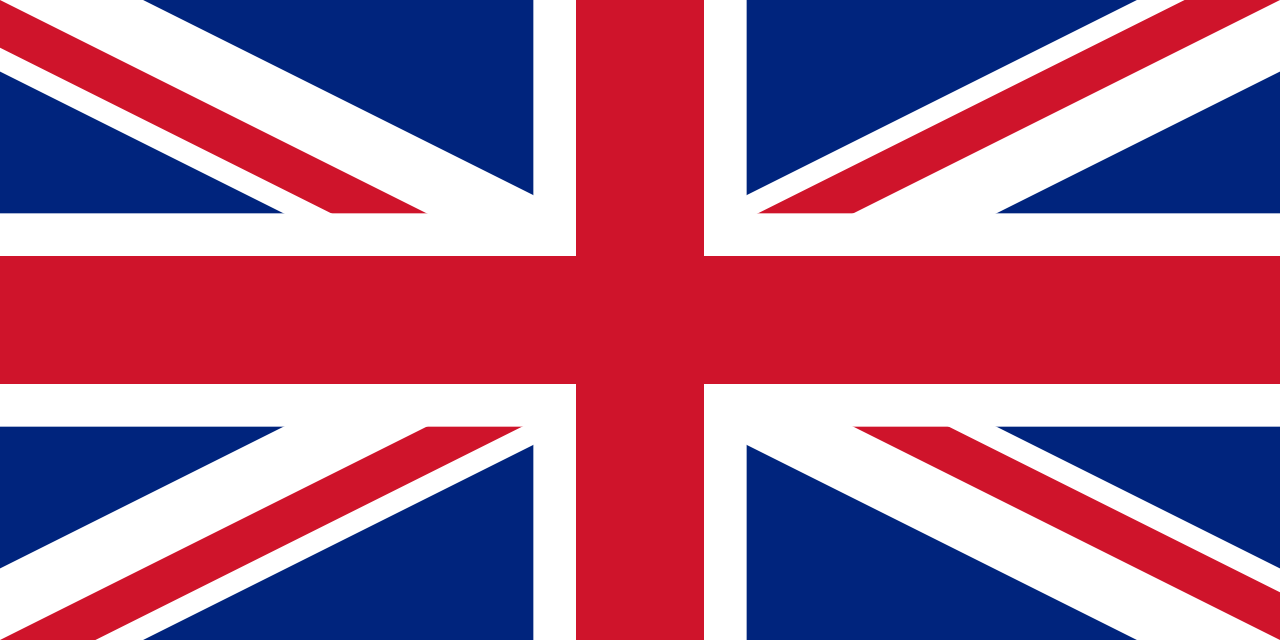
The British took the Lee and Sherman into combat for the first time and they offered a lot of input into both tanks design. They even had a specific version of the Lee never used by US troops the M3A5 Grant. The Sherman and Lee tanks saved their bacon at El Alamein. As we saw in an earlier section of this document, the US produced a lot of Sherman tanks, and the British received more than 17,000 Shermans. It would become the backbone of their tank force and remain so until the end of the war. The British had a unique way of using tanks and preferred to send them into battle without direct infantry support. This coupled with their tendency to stuff every nook and cranny of the tank with ammo resulting in much higher Sherman losses than the US Army did.
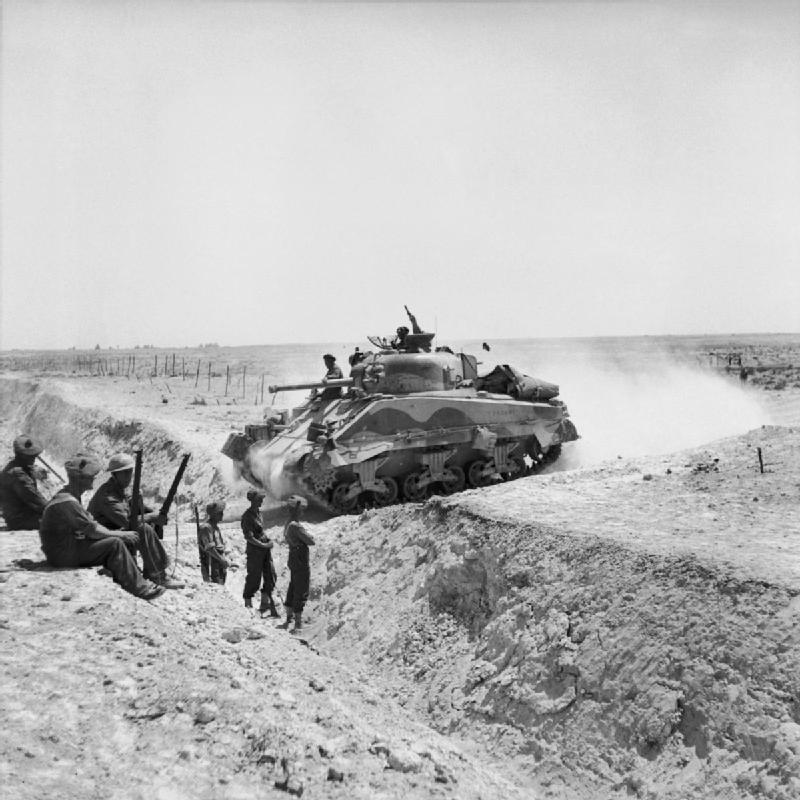
They came up with their own naming system for the tank:
The M4 was named the Sherman I in Commonwealth use, if it had a 105mm gun it was an Ib if it also had HVSS it was an Iby. The British received 2096 75mm Sherman Is, and an additional 593 105 armed Ib tanks, or M4 105 tanks. These numbers are not broken down further into submodels, so all the Ic Firefly tanks produced came from 2096 they received, and this number would include the composite hulls too. This version was the preferred US Army version, and many of the ones the Brits received came as replacements stripped from US Tank Divisions before the battle of El Alamein. They became much rarer because the US sent M4A2 and M4A4s as replacements.
The M4A1 was named the Sherman II and in most cases just that. It wasn’t until late in the war the Brits took some M4A1s with 76mm guns, and those they gave to the poles or other commonwealth allies. An M4A1 76 would be called a Sherman IIa, or an IIay for an M4A1 76 HVSS tank. These M4A1 76 HVSS tanks made it to depots in Europe during or just after the war ended, but none saw combat. The M4A1 was also the US Army’s preferred version because it was basically the same tank as the M4, and the Brits only received 942 75mm M4A1 Shermans. Something I found a bit of a surprise, the British received more M4A1 76 w tanks than 75mm tanks, 1330 total.
M4A2 was named the Sherman III and this was their second most common Sherman type. They received 5041 M4A2 75mm Sherman IIIs, far more than the Soviets got. They also received 5, M4A2 76 W or Sherman IIIa tanks as well, yes, that’s not a typo, five tanks. I wonder if the M4A2 76 HVSS or Sherman IIIaytank used in Fury was one of them?
M4A3 was named the Sherman IV in British use, but they only received 7 seventy five millimeter tanks and no 76mm tanks of this type. This became the US Army’s preferred model, and once they got it in numbers, they probably started sending more M4 and M4A1s to the Brits after this tank became common.
M4A4 was named the Sherman V in British use, and was by far the most common British Sherman; they received 7167 M4A4s, or Sherman Vs, almost the whole production run. Chrysler really went to bat for this version of the tank and sent tech reps to Europe with the tanks to help manage the complicated, but less trouble than anyone could have expected, motors. There were no subtypes of the Sherman IV other than the Firefly since it was never produced with a 76mm gun or HVSS suspension. The Sherman Vc was the most common version of the 17 pounder Shermans, and a wide variety was probably converted to fireflies, and many of the A4s they got later in the war had been through a remanufacturing process, that made sure the tanks had turrets updated with all the late improvements, and all the hull upgrades like armored ammo racks and raised arm rollers and improved skids, along with a travel lock, on the front plate, for the gun.
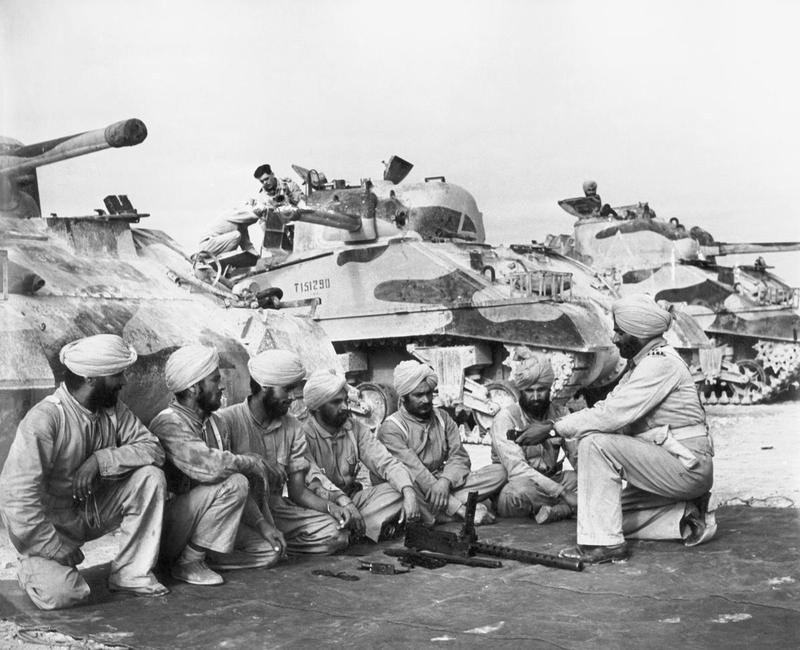
♠♠♠
The British had their own set of modifications for the Sherman that they received through LL. They added sand skirts, racks for jerry cans, and an armored box on the back of the turret in some cases. They installed their own radios as well, the British wireless set no 19, and this went into the armored box in the back of the turret on Firefly’s, or just replaced the US radios in their normal location in regular models. Legend has it they installed some sort of stove to cook tea. The only Sherman Mk I and Mk IIs they got was because Churchill practically begged Roosevelt for more Shermans just before El Alamein.
As the war progressed, the US Army put a priority on the M4 and M4A1; the British had to settle for M4A2 and the M4A4. Then when the Russians refused to take any Shermans but M4A2s, the Brits really had to rely on M4A4s. From what I’ve read they didn’t want the nightmare that everyone feared the A57 Multibank motor to be, in service it proved to be reliable enough, and more so than its British counterparts. The M4A4 was by far the most common Sherman type, and the Brits like them enough they took a batch of refurbished M4A4 and would have taken more if production hadn’t been stopped.
This presented a problem for the British, they did not like the M1A1 gun, and the T23 would not take the 17-pounder without major modifications to the gun or turret. The US did end production of 75mm tanks and when stocks of 75mm gun tanks ran low, they were forced to take M4A1 76 tanks these tanks would be designated Sherman IIB. The British sent most of the IIBs to their forces in the MTO or gave them to the Poles.
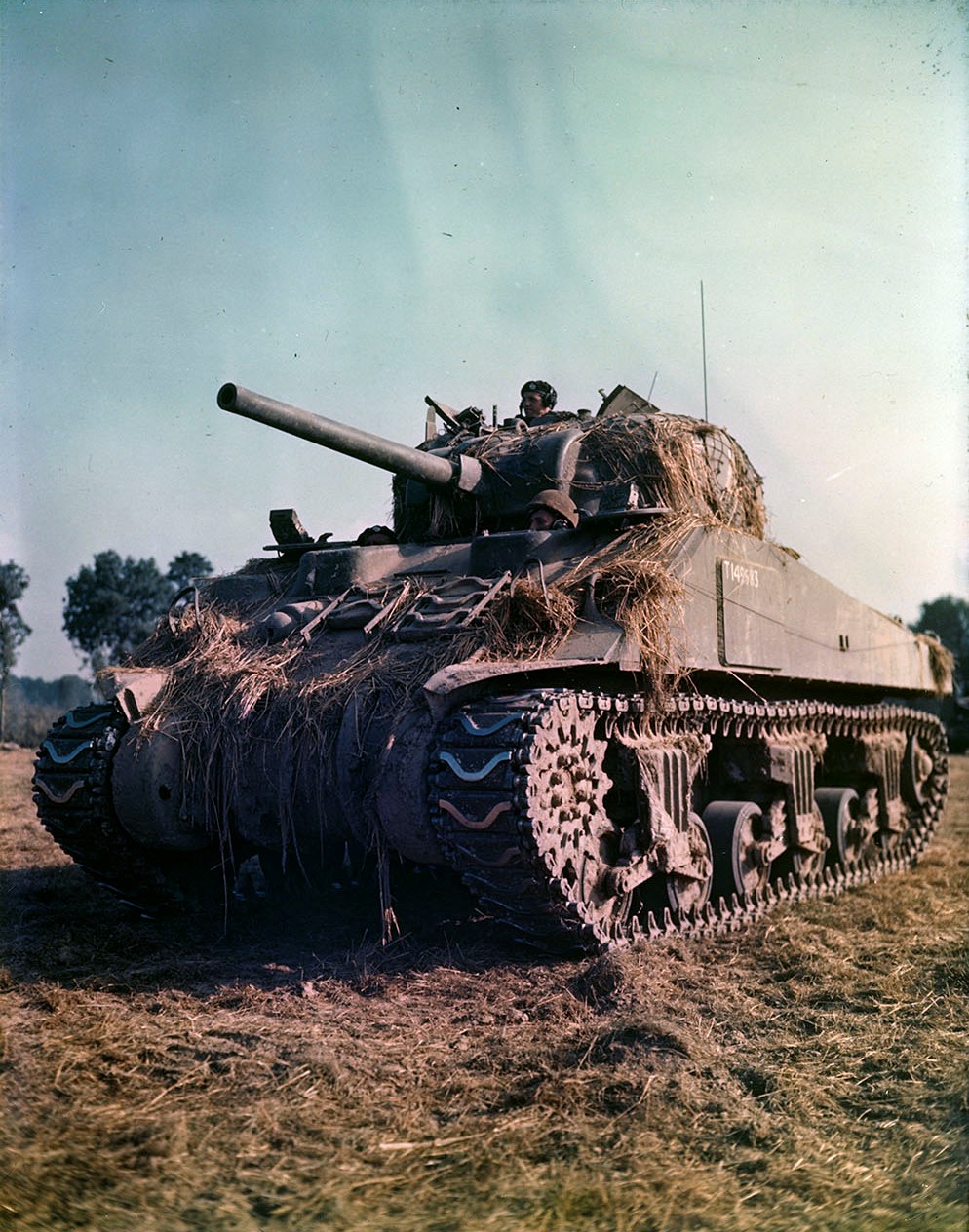
Sources: Armored Thunderbolt by Zaloga, Sherman by Hunnicutt, The Sherman Tank in British Service 1942-45 by John Sanders
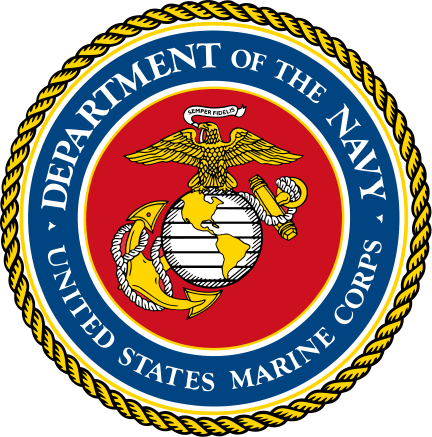
Most people have the idea the Marines used the Sherman tank extensively during the war. Through most of the war, they used the M4A2, but the A1 and A3 saw use as well. The reason they got more A2 tanks, was that’s what was available when they asked, there wasn’t much choice involved, and they should feel lucky the army didn’t dump M3 Lee’s on them. The Marines also used M4A1s in one campaign, and M4A3 from Iwo Jima on in increasing numbers, all with the 75mm gun.
By the end of the war, the Marines would be experts in employing the Tank, Infantry, team. The Marines, like their European Army counterparts, used, Yankee ingenuity to modify their Shermans to help them survive combat their designers had no idea they would see. These modifications included improvised waterproofing and deep wading kits. They also included improvised add-on armor made of wood and concrete, and the use of spikes and screens over the hatches to help prevent the Japanese from using explosives directly on the periscope ports and hatches.
The Marines had toyed around with tanks in the 20 and 30s but never had the budget to buy many. The ones they did buy were all light tanks that wouldn’t see combat use. The first tank they would use in combat in WWII was the M3 light, using it on in all major campaigns until 1943 when the Sherman entered the scene. The first combat for the Sherman would be Tarawa, where they used a battalion of tanks that were mixed, two companies of lights, and one of the mediums. After Tarawa, the use of lights would not be fully suspended, but the Sherman would be the tank of choice for the rest of the war and lights would be phased out.
The Marines ultimately ended up with six tank battalions and a training school at Camp Eliot California. The first two battalions formed were the 1st and 2nd and deployed without training at the tank school, and a lot of rejects from other units. After the first two battalions formed, most of the Marines’ tankers went through the school, and the school trained almost all the new NCOs and officers. When the war ended, all but the 1st and 2nd were disbanded, and the 1st and 2nd have remained active since the beginning, and are still in operation today.
When the fighting was over on Okinawa, Major-General Lemuel Shepard, the Marine ground commander had this to say: “If anyone supporting arm can be singled out as having contributed more than any others during the progress of the campaign, the tank would certainly be selected.”
The Sherman would go on serving the Marines in Korea, though by then it was just the M4A3 105 tanks and Sherman based recovery vehicles.
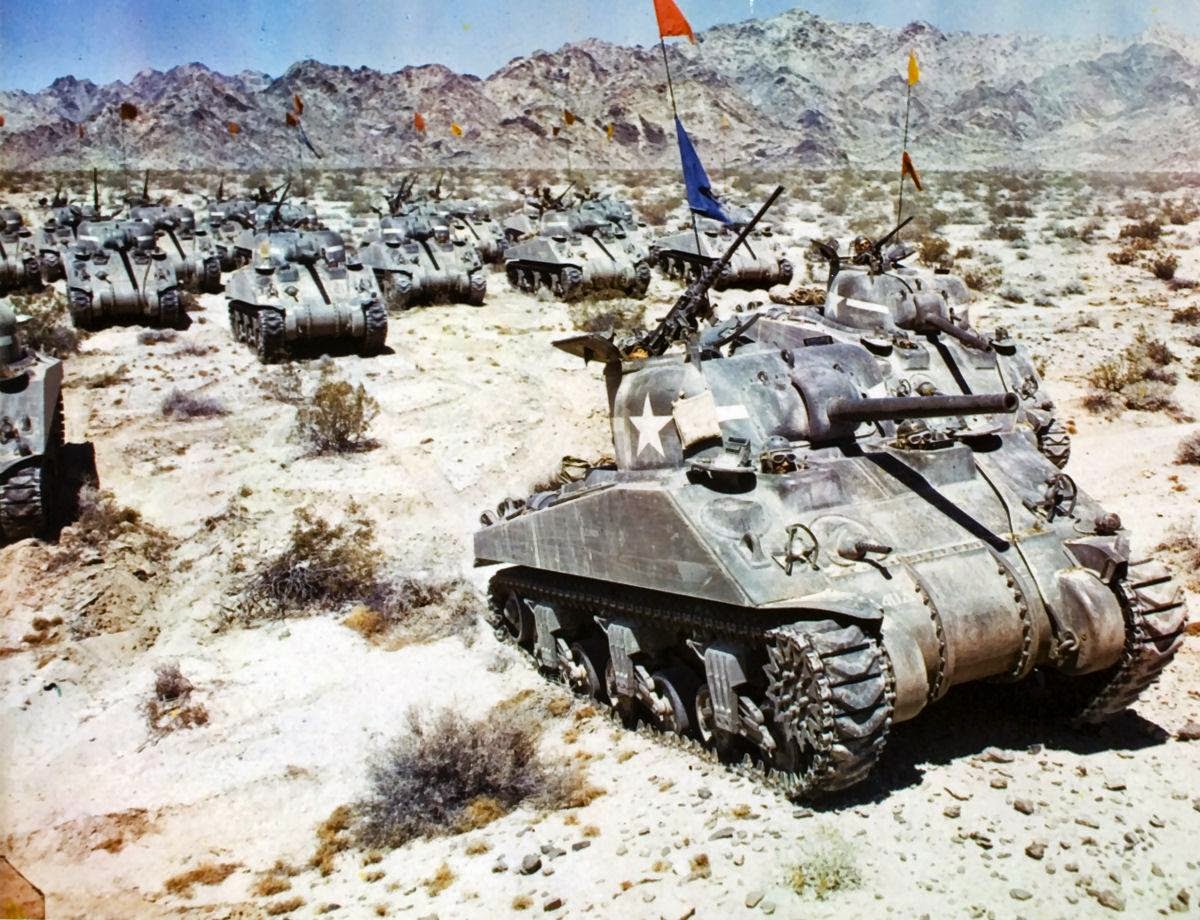
First off, Americans referred to the Sherman as the M4, or M4 Medium, or Medium, the Sherman name was not commonly used until post-WWII. The British came up with the name for the M4 and referred to it with their own designation system that is covered in more detail later. They also named the Lee and Stuart, and at some point, the US Army just stuck with the naming scheme. The full story behind this is still a minor mystery, with US wartime documents confirming the ‘general’ names were at least used on paper by the US Army during the war.
Now let’s cover the factory production versions of the Sherman. Also, keep in mind; it is very hard to define just how a Sherman may be configured without really knowing where and when it was produced. In some rare cases, large hatch hull, 75mm armed Shermans got produced with normal ammo racks, when the norm for large hatch hull tanks was wet ammo racks.
Then you have post-war rebuilds, where the Army swapped 76 turrets onto 75mm M4A3 HVSS hulls during depot level rebuilds. It would not be impossible for a field repair depot to swap a turret, from one knocked out tank, onto the hull of another, making an oddball. You also have to take into account post-war monuments are sometimes Frankenstein tanks, in one case with a T23 turret on a small hatch hull. You can also run into a Frankenstein tank in museums or post-war civilian restorations. In many cases museum tanks are old range relics that need restoration, in some cases, the tank was in decent shape and a cosmetic restoration can easily be done. For the civilian tanker, who wants a running Sherman, also has to get them from a gunnery range, then, the long process of rebuilding the tank can start. I link to a few places that cover restorations, and these guys do amazing work, taking tanks that you could never imagine running or looking like a tank again, and bringing them back to life. We are talking about tanks used as range targets for decades, in some cases, the powertrain in these tanks survived, the powertrain is the transmission, differential, and final drives.
The nice thing about a tank, as far as WWII collectible vehicles go, say compared to an Airplane, like a P-51 or even SNJ, is tanks won’t break down and kill you by falling out of the sky. If you make a big error in a tank, at worst, you’re going to take out a building, flop it on its side, or sink it in deep mud or something, all not really life-threatening. Once you have the tank, running it is going to be a lot cheaper than a vintage aircraft as well. The other nice thing is if you’re handy, you can work on it yourself, without having to get a certified aircraft mechanic to sign off on all your work. You do need a hell of a lot of heavy equipment to really work on a tank though, but you don’t have annuals and hanger rental costs! This may be why the hobby of owning a tank is becoming more popular in the United States!
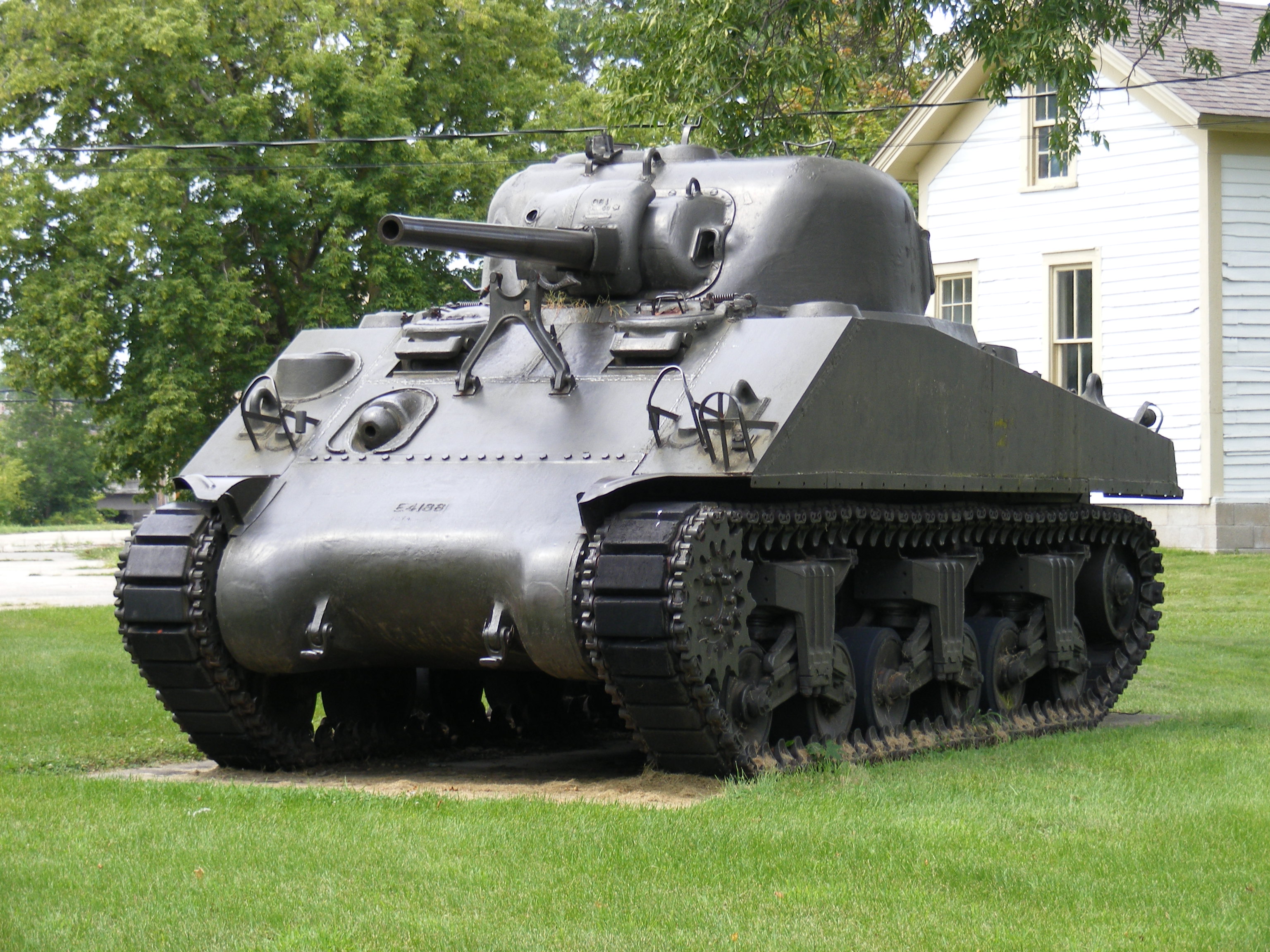
Click the link above to go to the page dedicated to the M4.
These tanks used the same R975 motor as the M3 and M3A1. The vast majority of the bugs in this automotive system were worked out before the M4 even started production. This really helped give the Sherman its reputation for reliability and ease of repair. The M4 had a welded hull with a cast turret mounting the M3, 75mm gun. Early variants had three hull machine guns, and two, turret-mounted machine guns. The hull guns were all M1919A4.30 caliber machine guns, two fixed, and one mounted in a ball mount for the co-driver’s use. The fixed guns were deleted from production very rapidly. The turret armament remained unchanged for the whole production run: Using the M3 75mm gun with the M1919A4 coaxial machine gun and M2 .50 caliber mounted on the roof. The turret would be the same turret used on all early Shermans and would be interchangeable on all production Shermans. This version was not produced with the later improved T23 turret but did get some large hatch hulls in special variants.
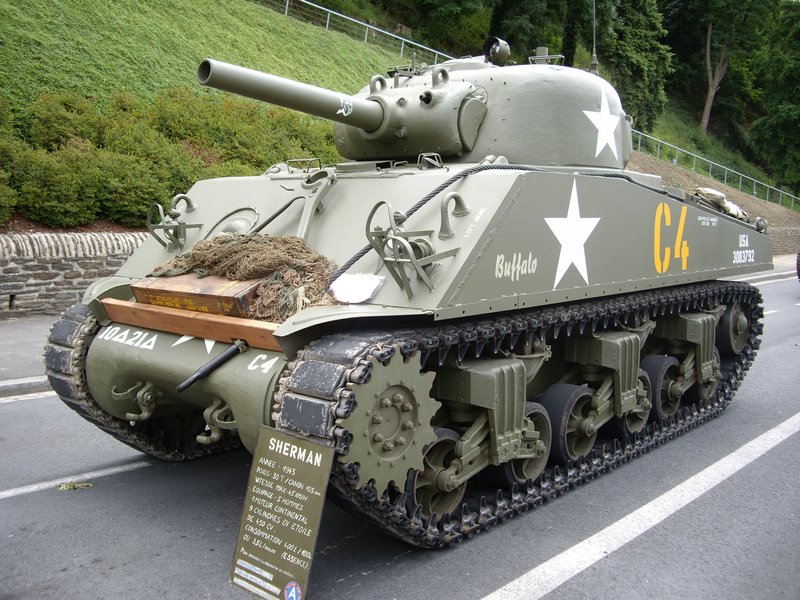
There were two variants of the M4 to be built with the large hatch hull. The first, the M4 (105) was a large hatch hull mated to the 105mm howitzer, on the M52 mount, in the standard 75mm turret. These hulls did not have wet ammo racks or gyro stabilizers, and the 105mm turrets had an extra armored ventilator, the only turrets to have them. The M4 (105) gun tanks had a special mantlet, with four large screws in the face, unique to 105 tanks. Production started in February of 44, and continued well into 45, with late production M4 (105) tanks getting HVSS suspension. These tanks were used as replacements for the M7 Priest in tank units and spent most of their time being used as indirect fire support, like the M7 they replaced. These tanks also had exhaust deflecting vents installed in the back to help reduce dust from being stirred up.
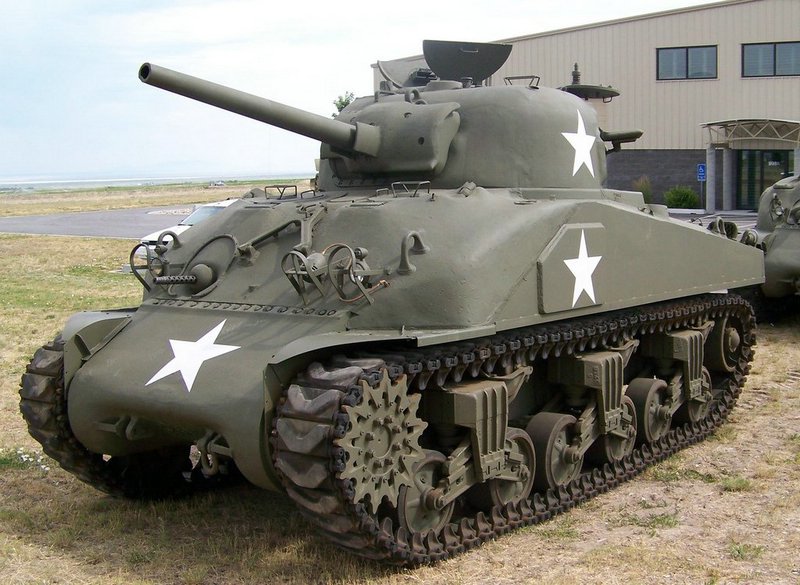
One other variant of the M4 to get the large hatch hull(100 or so small hatch casting were made as well) was the M4 ‘hybrid’, this hull was welded, but used a large casting very similar to the front of the M4A1 on the front of the hull. It was found that most of the welding hours building the welded hull tanks were spent on the glacis plate. They figured out by using one large casting, incorporating the hatches and bow gun would save on welding time and labor costs.
These M4 hybrids were used by the British to make Ic Fireflies. They liked the 75mm turret these tanks came with since many already had a loaders hatch, this saved them time on the conversion since they didn’t have to cut one. Most of the M4 composite tanks were shipped to Europe or the Pacific, making survivors rare.
The M4 along with the M4A1 was the preferred US Army version of the Sherman until the acceptance of the M4A3. This tank was made in five factories from July of 42 to March of 45, 7584 produced. As far as the US Army was concerned, the M4 and M4A1 were interchangeable.
Click the link above for a dedicated page on the M4A1
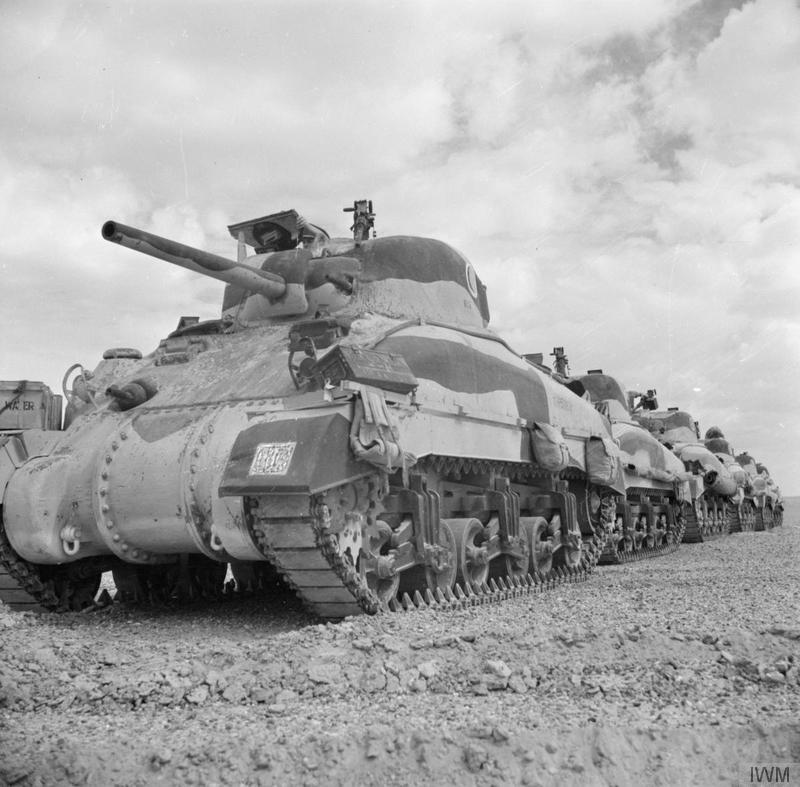
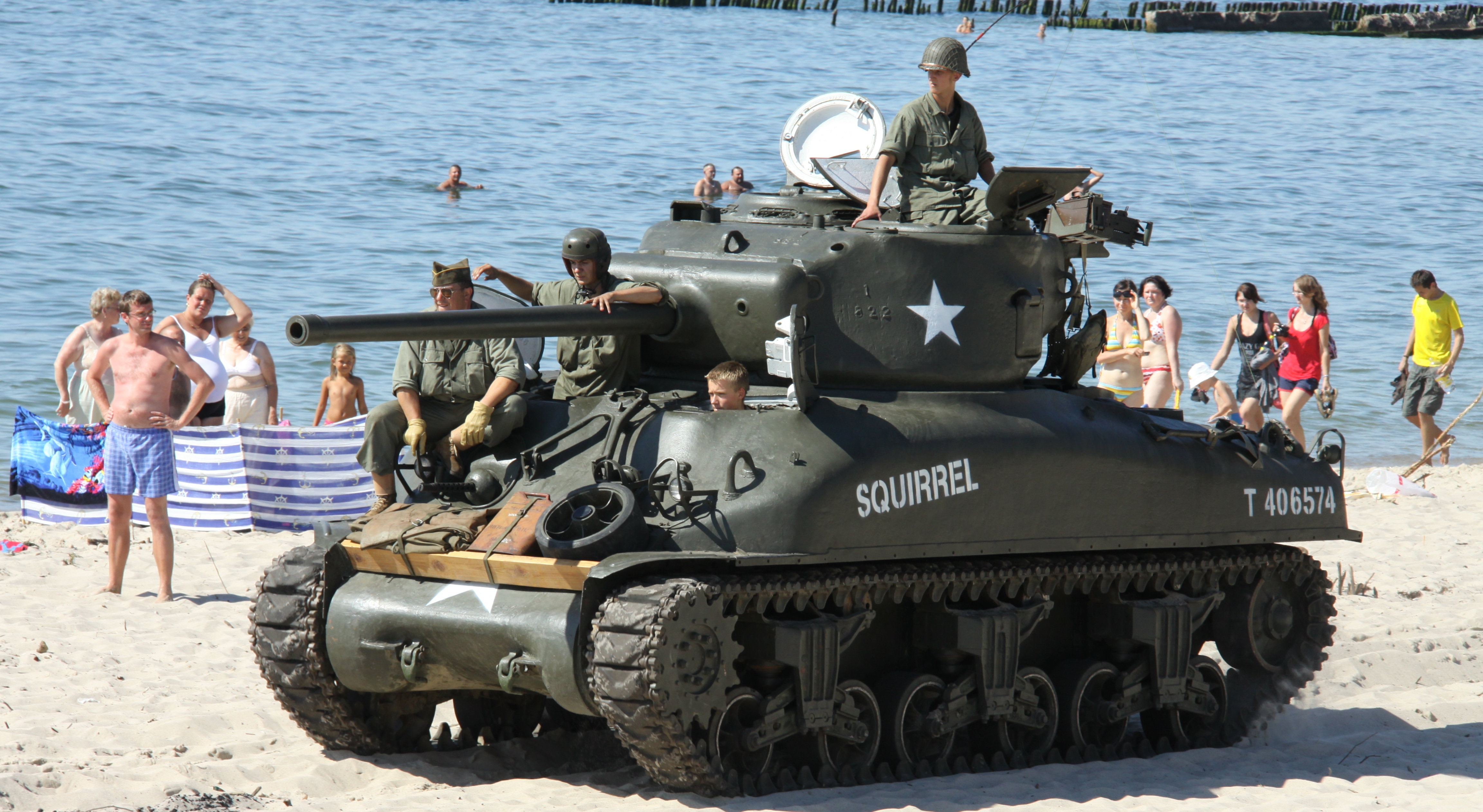
This was virtually the same tank as the M4, with the same motor and automotive systems and armament. The manual for the tank was even shared between the M4 and M4A1. The key difference was the cast upper hull. This huge upper hull casting was one piece. This was a very hard thing to do with casting technology at the time, and something the Germans could not have reproduced, they lacked the advanced technology, and facilities needed to do so. Everything from hatches to wheels, and turrets, and guns were interchangeable with the M4 and other Sherman models. This version saw production longer than any other hull type. It also saw all the upgrades like the improved large hatch hull with wet ammo racks, the T23 turret with 76mm gun, and the HVSS suspension system. It was 30 of these M4A1 76 HVSS tanks that were the last Shermans ever produced. The M4A1 was also the first to see combat use with the improved M1 gun and T23 turret during operation Cobra. These tanks would also be the basis for the Israeli M51 Sherman. Three factories produced 9527 M4A1s with all turret types from Feb 42 to July of 45.
The US Marines used one battalion of these tanks on the Cape Gloucester campaign, all small hatch M4A1 75 tanks. This was the only use of this type by the U.S. Marines.
For more information on the M4A1 76w tanks, click here.
Click the link above for a dedicated page to the M4A2
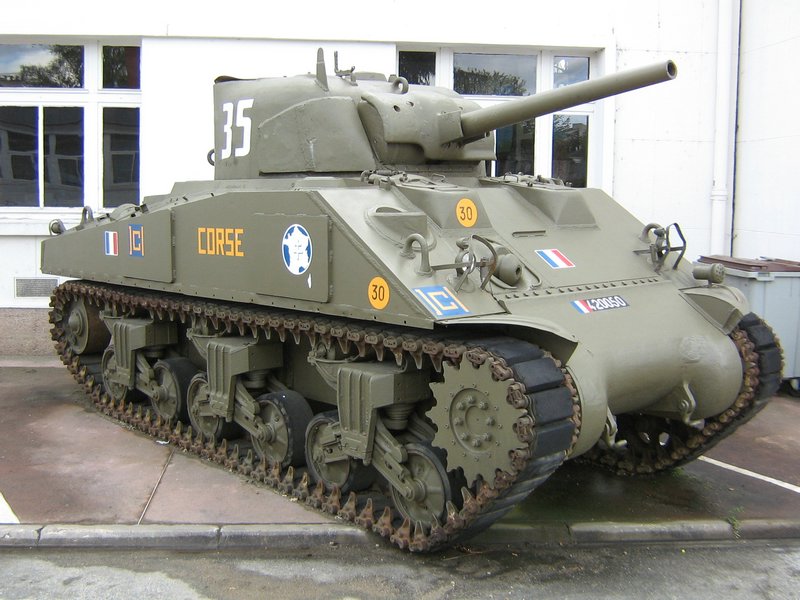

This version of the Sherman used a welded hull nearly identical to the M4, but with a pair of vented armored grates on the rear hull deck. The M4A2 tanks used the GM 6046 twin diesel. This version was produced with all the improvements the other types got, like the large hatch hull with wet ammo racks, the T23 turret with an improved M1 gun, and HVSS suspension. This version would see very limited combat in US hands, most being shipped to Russia with a few early hulls going to the Brits and USMC. This was the preferred version for Soviet lend-lease deliveries since the USSR was using all diesel tanks. It was produced in six factories with 10,968 of all turret types produced from April of 42 to July 45.
A little trivia about this version, the Sherman used in the movie Fury, was actually a late production M4A2 76 HVSS tank. The only way you can tell a late A2 from a late A3 is by the size of the armored grills on the back deck. They did a great job of hiding this area in the movie.
The Marines operated a lot of small hatch M4A2 and a fairly large number of large hatch M4A2 tanks until the supply of 75mm armed versions dried up in late 1944. Then they switched over to large hatch M4A3 75w tanks, but there were some A2 holdouts amongst the six battalions.
For more information on the M4A2 76w tanks, click here.
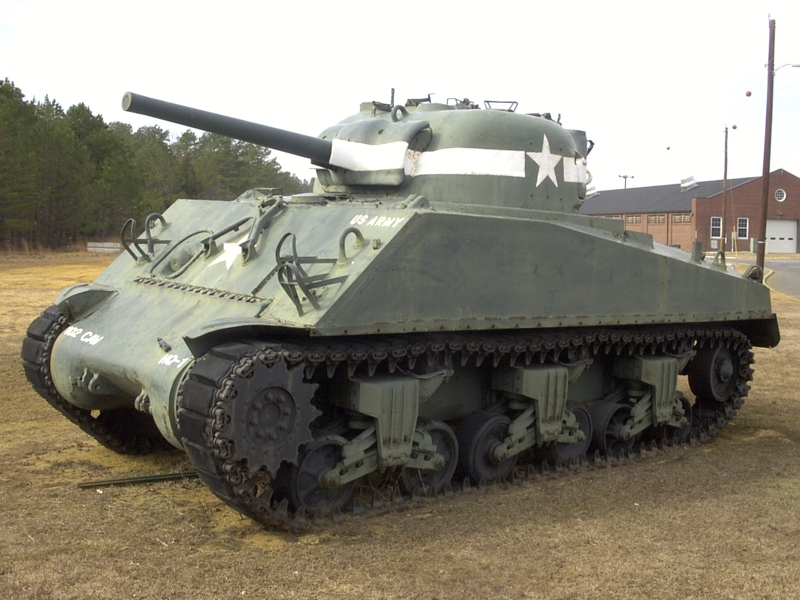
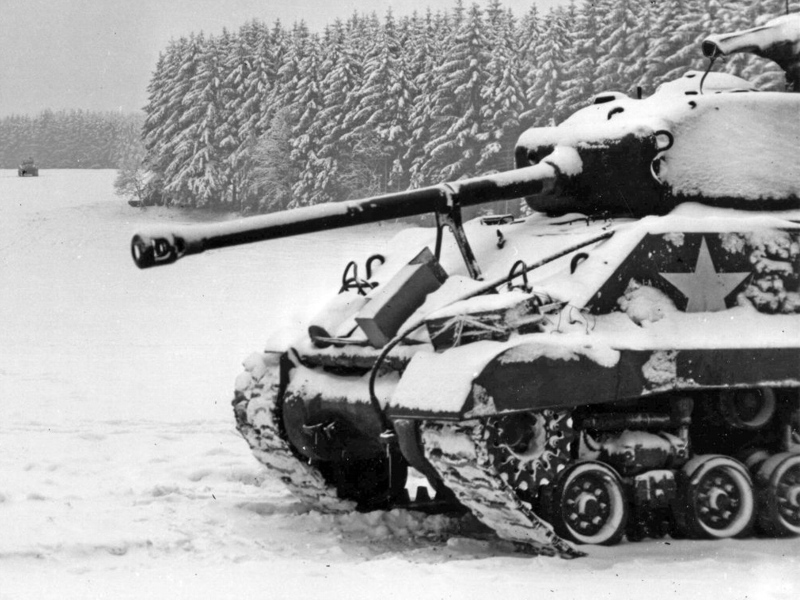
This would be the base for what would be the final Sherman in US Army use, seeing action all the way out to the Korean War in US Army hands. This tank had a welded hull just like the M4, A2, and A4, but used a new motor. The Ford GAA V8, this motor took some time for its bugs to be worked out, so unlike say, the Nazi Germans, the US Army didn’t use it until it was ready for serious production. When it was, it became the preferred US Army version of the tank in both the 75mm and 76mm armed tanks. It would see all the improvements, and be the first hull type to take the HVSS suspension system into combat for the US Army. The M4A3E8 or M4A3 tank with the T23 turret and HVSS suspension bolted on would be the final and ultimate US Army Sherman. It would be produced in three factories with all turret types, 12,596 built-in total between June 42 and June of 45.
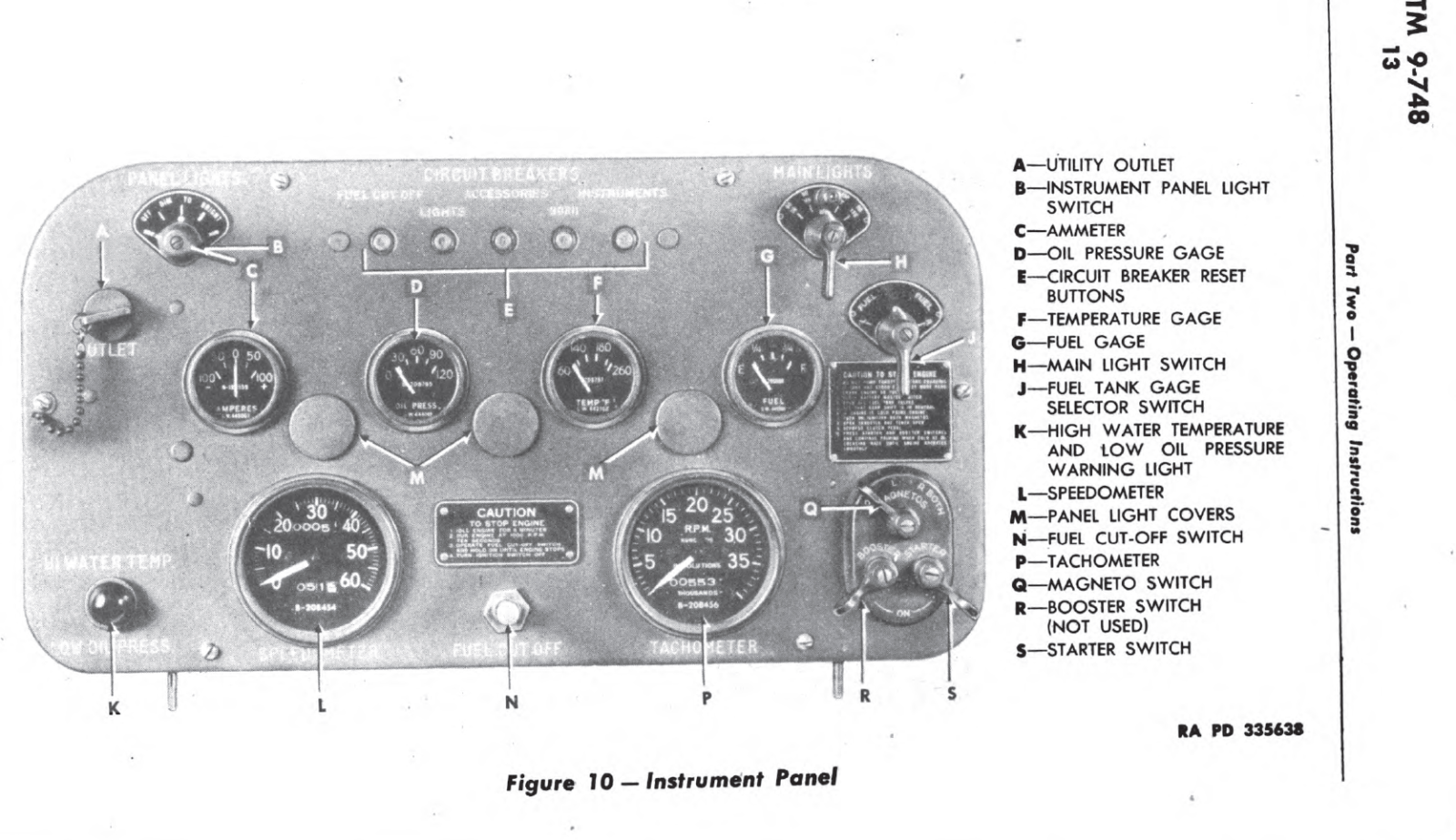
After WWII when the Army wanted to standardize on one Sherman type, any M4A3 large hatch hull they could find would have a T23 turret and HVSS suspension installed on it. The Army was so thorough in these conversions no M4A3 large hatch 75mm gun tanks are known to have survived with the original turrets installed. Any M4A1 HVSS 76 and M4A2 HVSS 76 tanks in Army inventory would have been robbed of their suspensions and turrets so they could be installed on M4A3 large hatch hulls.
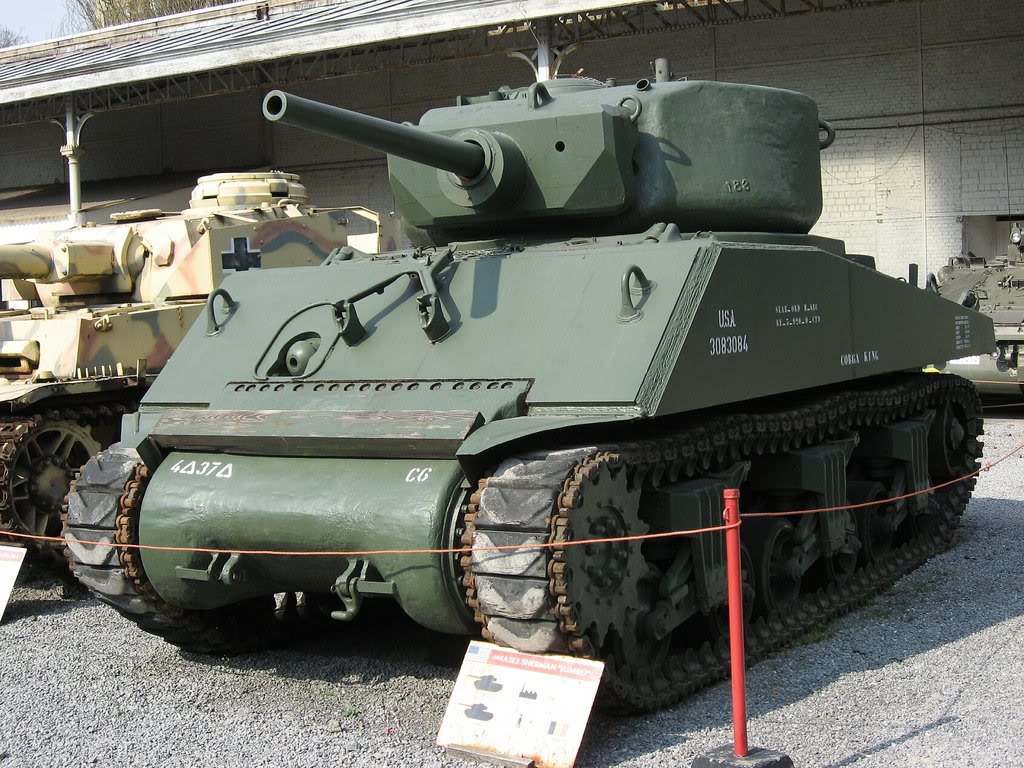
M4A3E2 Jumbo
FTA was the sole producer of one very special variant of the Sherman, the M4A3E2 Jumbo. This version of the Sherman was the assault Sherman, though not expressly designed for it, was manufactured to be able to lead a column up a road and take a few hits from German AT guns or tanks so they could be spotted without having to sacrifice the tank. It had a lot of extra armor, and could take a lot of hits before being knocked out, but was still not impervious to German AT gunfire. Only 254 of these tanks were produced, and all but four were shipped to Europe for use by the US Army. They were all armed with the M3 75mm gun. There was a surplus of M1A1 76mm guns in Europe due to an aborted program to rearm 75mm Sherman tanks with the guns. Many of the Jumbo’s ended up with these guns, but none were ever factory installed.
The tank was no different in automotive components from the M4A3 tanks, with the sole difference being the slightly lower final drive gear ratio, going from a 2.84:1 ratio in the base Shermans to 3.36:1 on the Jumbos. This reduced the top speed slightly but helped the tank get all the extra armor moving. The Jumbos were well-liked by their crews and in great demand; no more were built, the only batch being produced from May to July of 1944. Had the invasion of Japan been needed, a special Jumbo with a larger turret that included a flamethrower was considered, but we all know how that story ended.
. . .
The M4A3 (75)w and later 105 was issued to the Marines when the M4A2 75mm tanks went out of production. These would all have been large hatch M4A3 75w tanks, and they may have gotten some with HVSS.
Click the link above for a dedicated page on the M4A4.
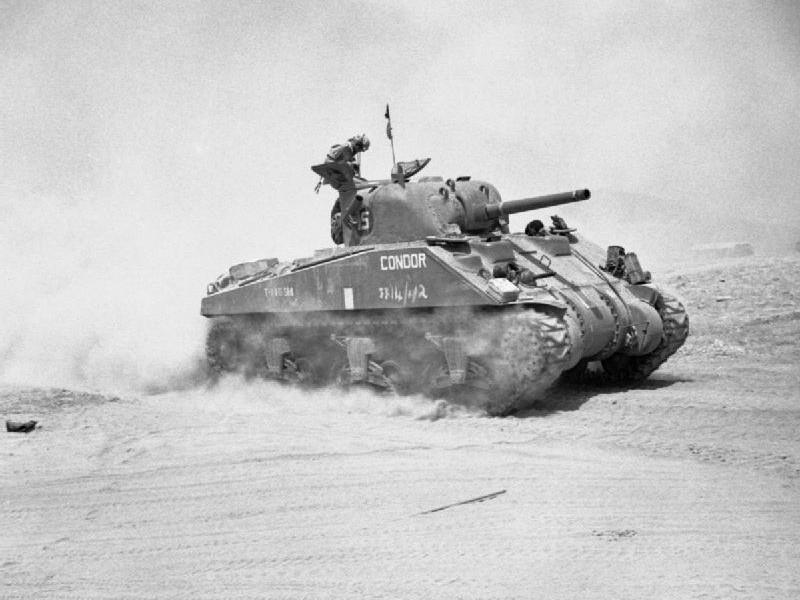
This tank is the oddball of Sherman tanks. It had a welded hull and used the A-57 multibank motor. A tank motor made from combining five car motors on one crankcase. As complicated as this sounds, it was produced in large numbers and was reliable enough to see combat use, though not in American hands in most cases. In US use they tried to limit it to stateside training duty. The Brits found it more reliable than their native power plants and liked it just fine. The A4 version never got the improved large hatch hull or T23 turret with the M1 gun. Most were shipped to the Brits via lend-lease and many were turned into Vc Fireflies, making it the most common Firefly type. The US Marines operating these tanks in the states as training tanks, 22 of them for two months before they were replaced by M4A2s. This tank had a longer hull, like its Lee cousin to accommodate the big A-57 motor. It was the first Sherman version to go out of production. It was produced in one factory (CDA) from July of 42 to November of 43 with 7499 built.
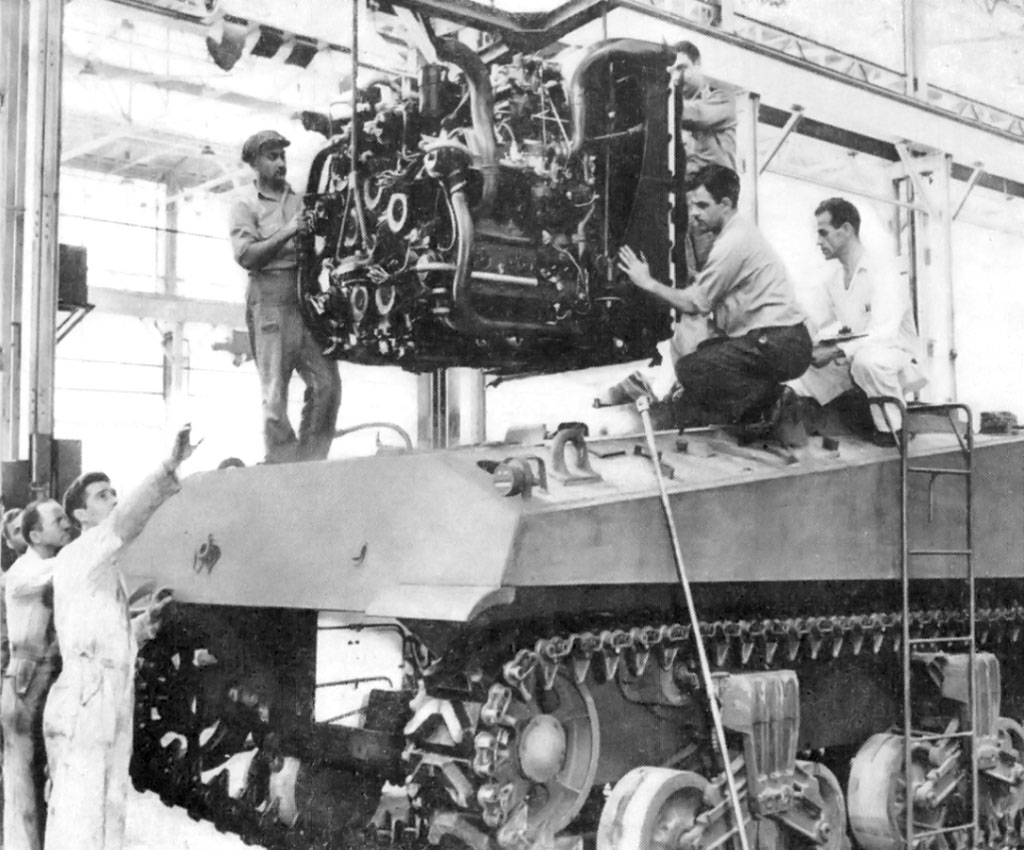
The A4 has the honor of being the heaviest and largest standard Sherman. The larger hull to accommodate the A57 motor, and the motor itself added weight. The British used these tanks extensively in combat. These tanks show up in British test reports as well, often pitted against tanks like the Cromwell, in reliability or other tests, and usually coming out ahead. Anyone who has ever changed the spark plugs on their car should really be able to appreciate how hard a motor made by tying five six cylinder automobile engines together, on one crank would be. It is easy to identify an A4 from the side, there’s a bulge on the engine deck just behind the turret, and a bulge in the belly in the same place, both to house a huge cooling fan. The bogie assemblies are spaced further apart, this is very obvious compared to the rest of the Sherman models, and also required a longer set of tracks. These longer tracks spread the added weight out, so it had no effect on flotation.
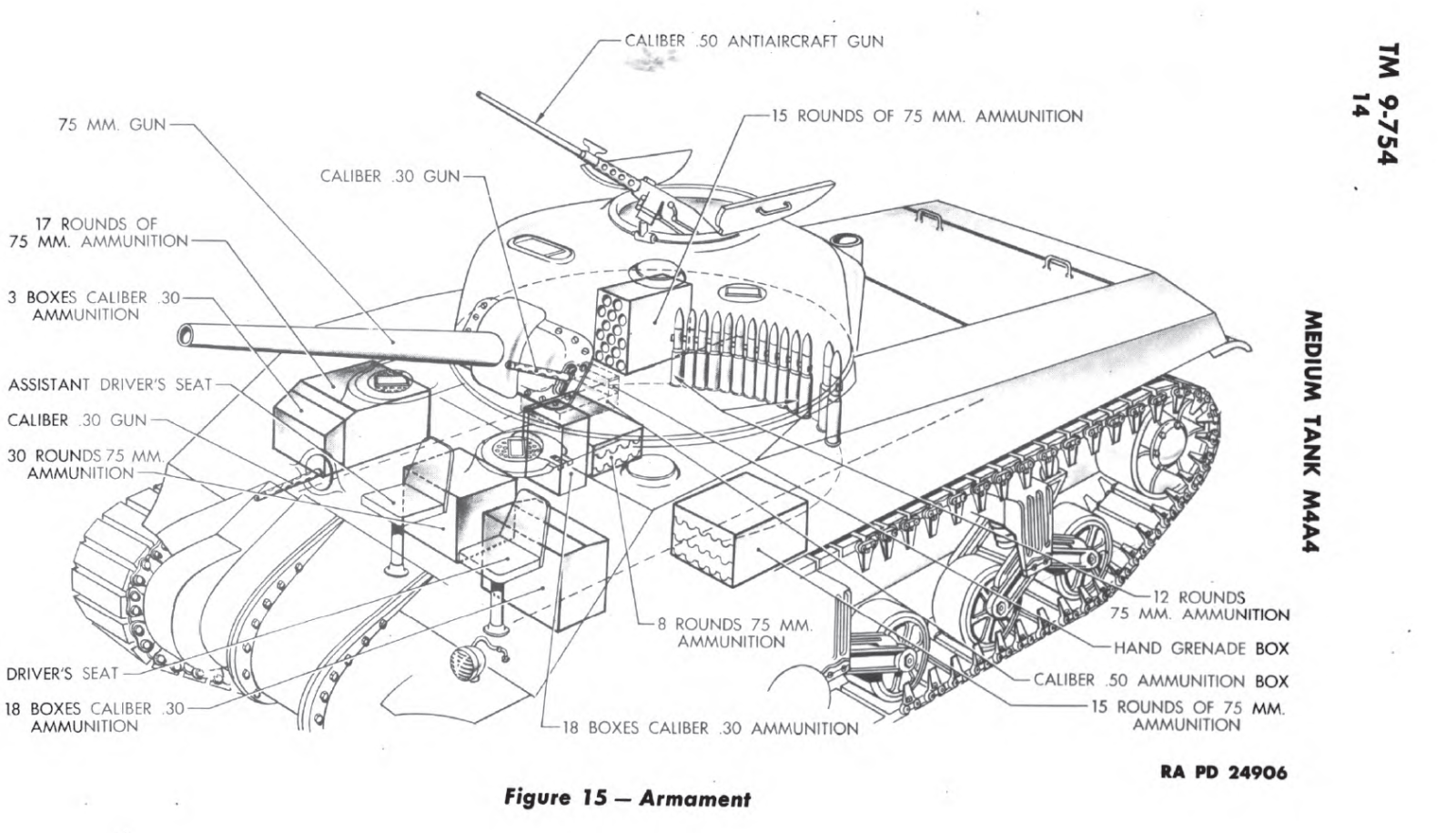
It turns out this version of the Sherman served with more nations than any other version! These include Britain, Canada, South Africa, New Zealand, Czechoslovakia, India, China and the USA, all used this tank in combat at some point. I find it very interesting the most complicated Sherman saw such widespread use, and still earned a reputation for reliability second to none. The majority of the British Shermans on D-Day were this model as well.
For a tank the US Army didn’t want, it had an excellent combat record, with the nations that got stuck with it. The M4A4 is one of the rarest Shermans to find running with its original motor. The A57 would be very troublesome to keep running for a civilian hobbyist, and I have my doubts about how easy it is to get Chrysler inline-six parts in Europe. Few M4A4’s remained in the United States since the ones used in training were refurbished by Chrysler and then shipped off to the UK for conversion to Fireflies.
. . .
All Sherman variants share a lot of details and most spare parts interchange. Only the motors really call for different parts. All early Sherman tanks had 51mm of armor at 56 degrees on the front hull, and 76mm on the front of the turret. The 56-degree hulls are called small hatch hulls because the driver and co-driver had small hatches that forced them to twist sideways to get in and out. They also started out with direct vision ports along with periscopes for crew vision. Even the cast tanks matched these specs and the hatches from a cast tank could be used on a welded tank. These early hulls had some of the ammo racks in the sponsons above the tracks. Not a great place for ammo, but not an uncommon one for it either. As they improved the hull, they added plates over the direct vision ports and eventually removed them from the castings. Large plates were eventually welded over the ammo racks on the sides, and this extra armor was eventually just added to the casting on the cast hulls. It’s safe to say no small hatch tanks were factory produced with a 76mm gun or improved T23 turret.
The major hull change came when they upgraded the drivers and co-drivers hatch making them bigger. They also thickened the front armor to 64mm but reduced the slope to 47 degrees to fit the new driver’s hatches. The M4 (hybrid and 105 only), M4A1, A2, and A3 were produced with these improved large hatch hulls. Many of these improved large hull tanks had the original 75mm gun and turret. Even the M4A3 with HVSS suspension was produced with the 75mm gun and turret. Most of the large hatch production was with the new and improved T23 turret. These larger hatch hulls would still accept the majority of the spares the older hulls used and the lower hull remained largely unchanged and would accept all the suspension types. Any large hatch M4A3 hull was likely converted to an M4A3 76 HVSS post-WWII.
Through the whole production run, minor details were changed. The suspension saw many different versions before the final HVSS type was produced. The track types also changed and there were many variants made of rubber and steel or steel. There were even at least six different types of road wheel! There are so many minor detail changes, the scope is too big to cover in this post, needless to say, the only other tank I know of with so many minor changes over the production run was the Tiger, and in the Tigers case, it’s just sad, with so few produced, it means almost no two tigers were the same. This was not the case for the Shermans and the changes did not slow production down at all and in many cases were just different because a particular part, like an antenna mount, or driver’s hood, could have been sourced from a different sub-contractor, and the parts may look different but would function exactly the same. Tiger parts are not good at interchanging without modification, and a crew of craftsmen to custom fit them. The changes made to the Sherman were either to incorporate better parts or to use a locally made substitute part for one in short supply, so making their own version allowed them to continue production without a slowdown.
To really get a handle on these differences between Sherman models there are two really great sources.
This is the easy, way: Sherman Minutia site a great site that really covers the minor detail changes on the Sherman tank very well. You can spend hours reading it and looking over the pictures. It explains little of the combat history of the Sherman but covers the minor changes on the vehicles themselves very well. You can spend hours on this site learning about minor Sherman details. It is also a primary source for this post.
Another great way is to get a copy of Son of a Sherman volume one, The Sherman design and Development by Patrick Stansell and Kurt Laughlin. This book is a must-have for the Sherman plastic modeler or true enthusiast. It is filled with the tiny detail changes that took place on the Sherman production lines from start to finish. They cover everything from lifting eyes to ventilators, casting numbers, to the most minor changes to the turrets. Get it now before it goes out of print and the price skyrockets. I liked it so much I bought two!
The turret saw the continual change as well but remained basically the same. The 75mm gun never changed but its mount and sighting system did. The turret lost the pistol port and then gained it back. It gained a rotor shield over time and an extra hatch. All these detail changes are covered on the site above and in the Son of a Sherman book. The important thing to note was the tank saw continual improvement to an already reliable, and easy to produce design. The Sherman was easy to produce for an industrial nation like the USA, but beyond Nazi Germany’s technical capabilities for several reasons, like large casting and the gun stabilization system, or even multiple reliable motors to power the tens of thousands of tanks made.
In the basics section, I’m only going to cover one more thing. The Sherman tank was not as blind as the tanks it faced. The M4 series, from the first production tank to the final Sherman that rolled off any of the production lines, were covered in periscopes or viewports for the crew. The gunner had a wide-angle periscope that had incorporated the site for the main gun, and they very quickly added a telescopic sight to go with it. The commander had a large rotating periscope in his rotating copula. The loader had a rotating periscope and the driver and co-driver had two, one in their hatch, and another mounted in the hull right in front of them once the DV ports were deleted (non-rotating). The later version added a direct vision cupola and a periscope for the loader in his new hatch. All these periscopes could be lowered and the port closed, and if damage easily and quickly replaced from inside the tank. All this gave the Sherman an advantage in spotting things outside the tank; they were still blind, just not as blind as most of the tanks they would face. Finding an AT gun in a bush could be very challenging for any tank, and infantry, if not scared off by the presence of a tank in the first place, can sneak up on one pretty easily. More ways to see out of the tank was the only thing to help with this. That, and well-trained infantry, who stay with the tank.
This was a big advantage when it saw combat and throughout the tank’s career, it was always one of the best if not the best tank of the war. It was reliable, the crew had a good chance of spotting enemies before other tank crews, the gun was stabilized, fast firing, and accurate. It was as good or better than most of the tanks it faced, even the larger German tanks. These tanks were largely failures, with only long debunked Nazi propaganda propping up their war record. The Sherman has the opposite problem.
Sources: Armored Thunderbolt by Zaloga, Sherman by Hunnicutt, Combat Lessons, Son of a Sherman by Stansell and Laughlin, M4 Sherman tank at war by Green, Tanks are a Might Fine Thing by Stout, TM9-752, TM9-754, TM9-759, TM9-731B, TM9-731A
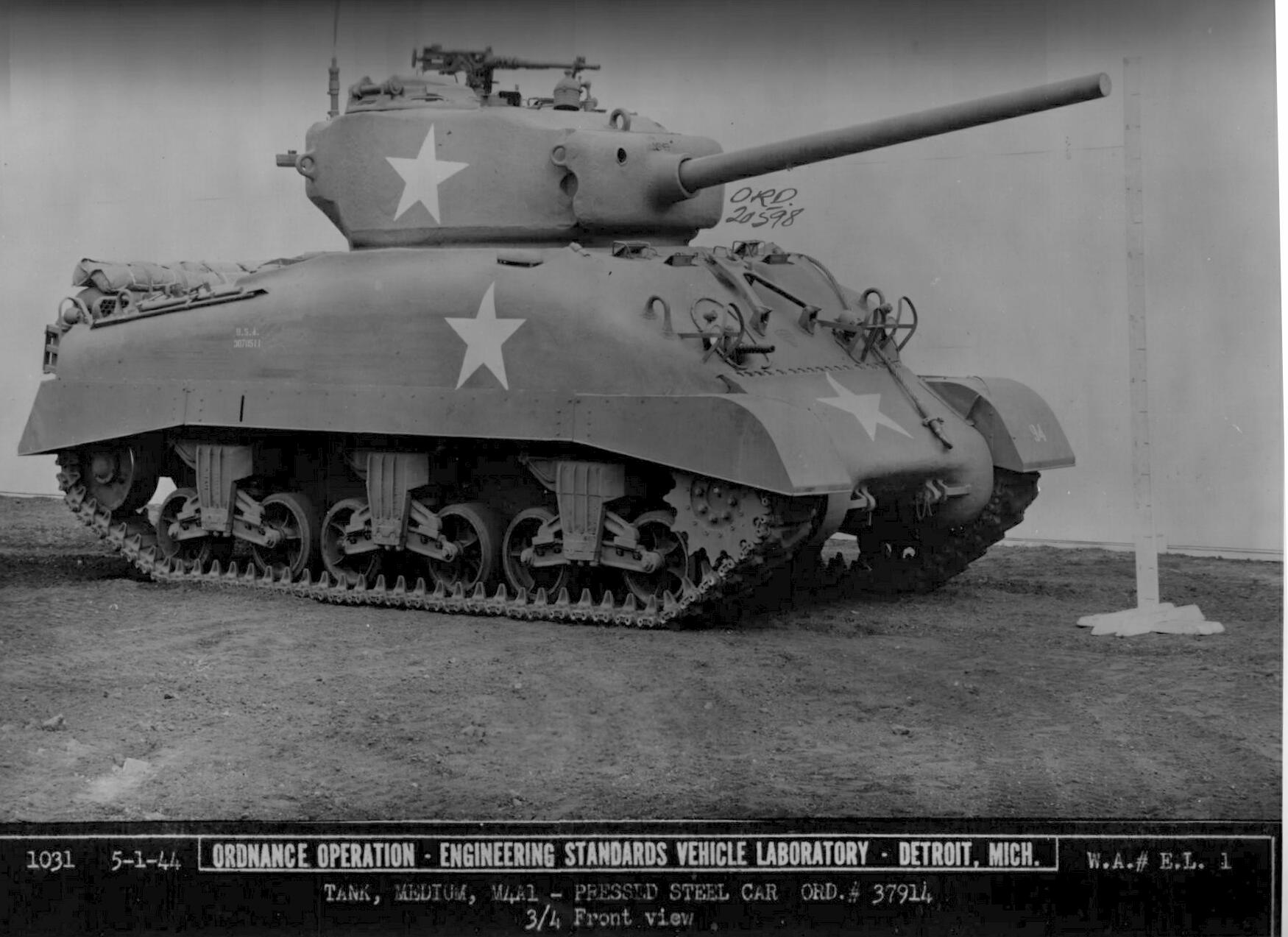
The M4 Medium AKA the Sherman tank over the last few decades has had its reputation severely soiled by several documentaries, TV shows, books, and games, all hailing it as a death trap, engineering disaster, or just a bad tank. The Sherman tank may be the most important, the most versatile, and arguably the best medium tank of the war, and this site should show you why along with documenting as much about the Sherman as I can along the way. The only other contender for the best tank of WWII award would be the Soviet T-34. These two tanks are very comparable and would fight each other in later wars, staying very even in capability through their service lives.
This site will cover why the Sherman was a better tank than anything Germany, Italy or Japan produced during the war, on both a tactical and strategic level. I will not be reproducing the work of others and will link to the places that already cover some information, like the wonderful Sherman Minutia site. I will cover all the major changes made to each Sherman model though. I have gone into detail on the four Sherman Engines and will have more info on them soon.
I will try and cover the many post-war variants as well, but that could take months, there are a lot of variants of this venerable tank, including ones that involve putting the engine from one hull type into another hull type and or tanks modified by other countries with no feedback from the American designers. Some variants have heavily modified turrets or replaced it with a new one altogether. So far only Israeli Shermans have been done.
I will also try and document the Shermans civilian use, in everything from construction demolition (Tanks used to knock down buildings), to logging use, or use as tractors, the Sherman had a varied and interesting life in civilian hands post-war. There were several companies that went into business modifying Sherman Chassis for use in the logging and line laying industries. At least one M32 recovery tank was used as a general-purpose heavy wrecker, at a shipyard. Hollywood got its fair use out of the Sherman as well, and it went on to become a popular item with vehicle collectors. Some of these restored Shermans have working canons. Who knew getting the license for a canon is easier than a machine gun?
Because of the Sherman tanks general ruggedness and reliability, the ones that do run will go on running for years to come and many generations should be able to enjoy them. Unlike many of the Shermans in Army hands that are just rusting away, some not even open to the public, or even covered with a tarp. A new Armor and Cavalry Museum is being built.
So far, I think this site has the largest collection of Sherman related technical Manuals and Field Manuals, along with a ton of Armor related and General Army TM and FMs as well. All for free. With the Datasheets that have been done, I have an awful lot of Sherman hard data up, on the tanks, Guns, and one engine so far. We have pages for each gun the Sherman used and datasheets for each weapon. We have more detailed technical drawings on the Sherman tank and more high-quality photos. We are now adding specific pages for all this Sherman info, to make it easier to find. You can find these pages via the menu bar at the top of the page!